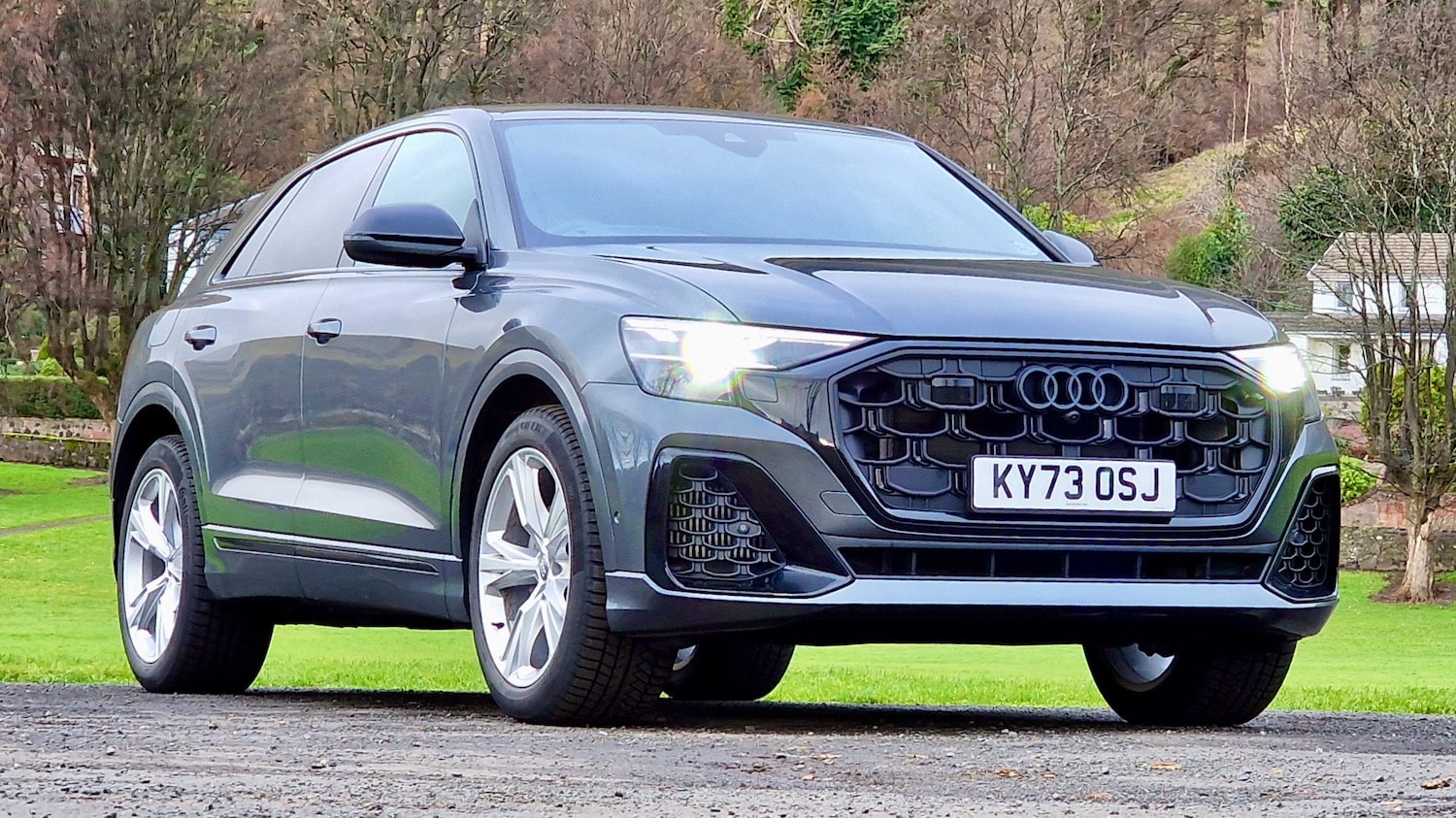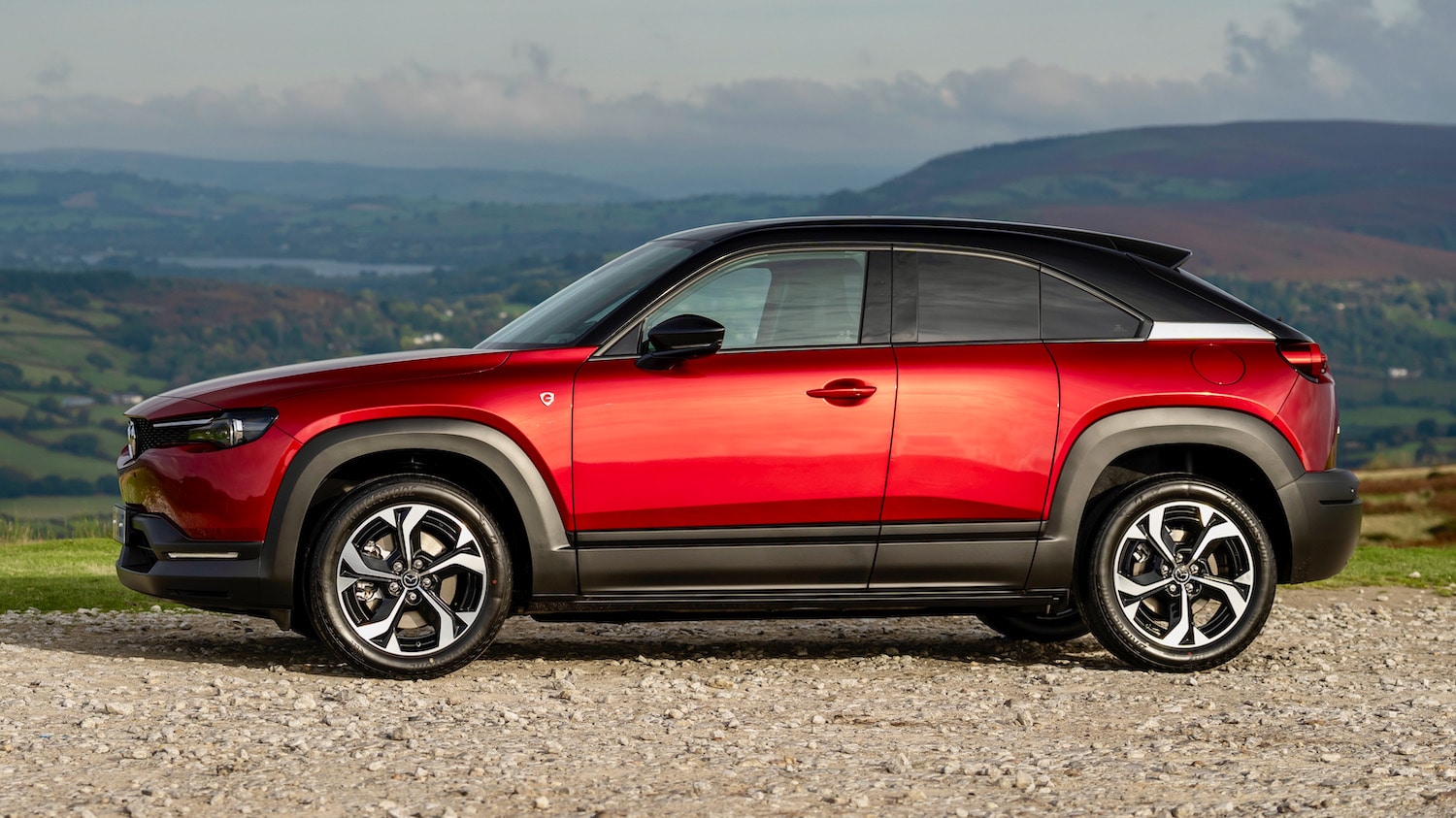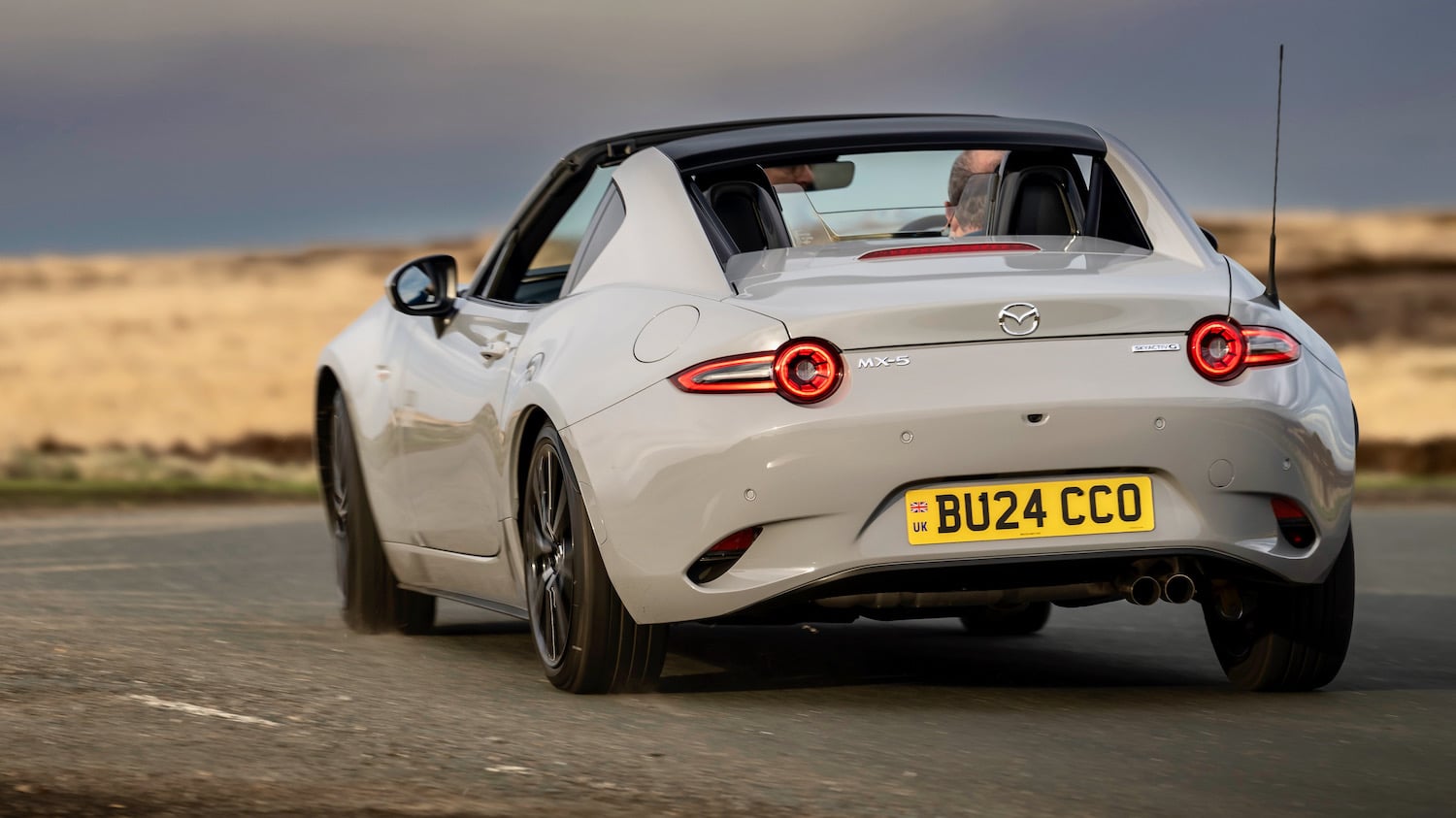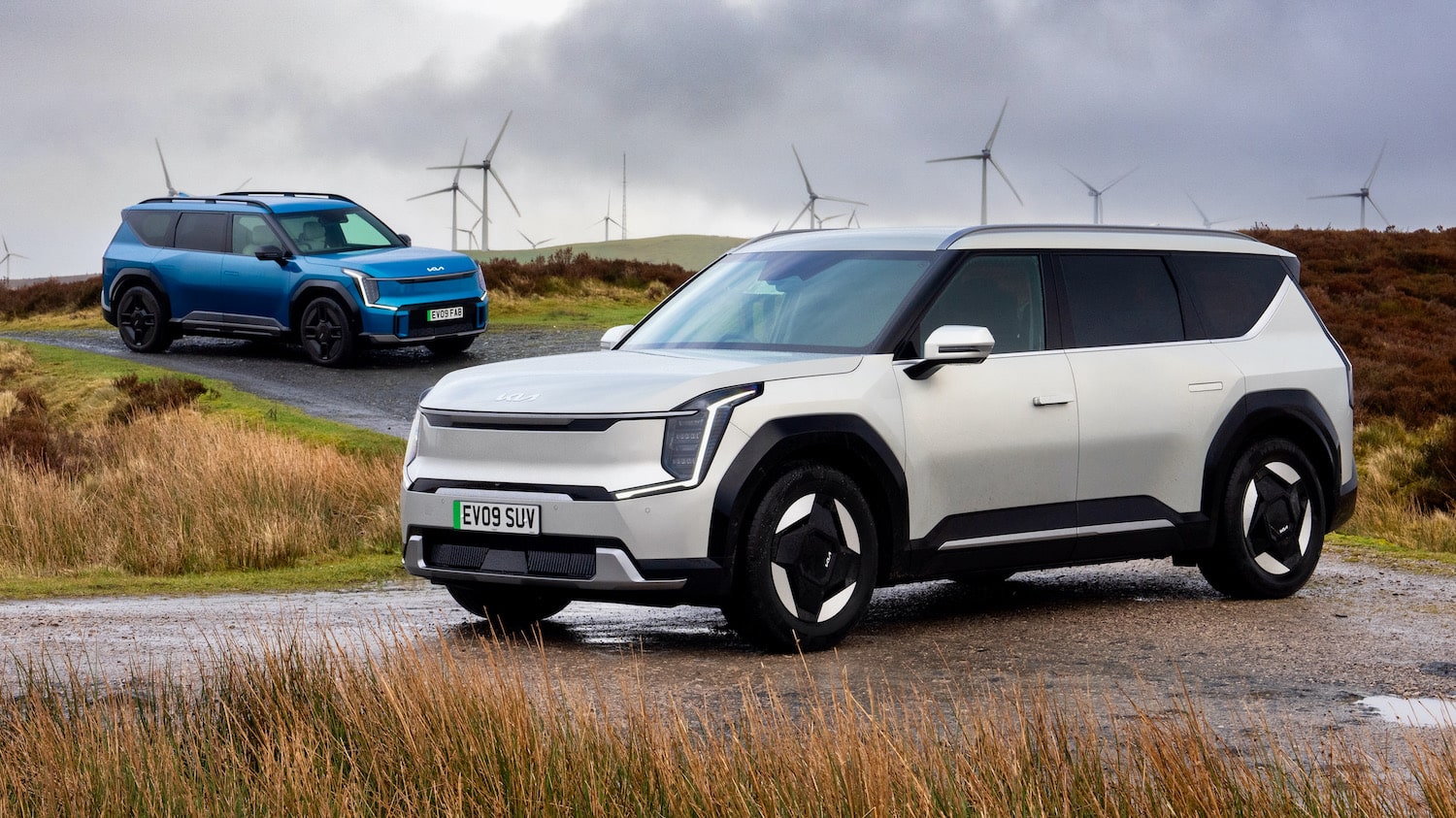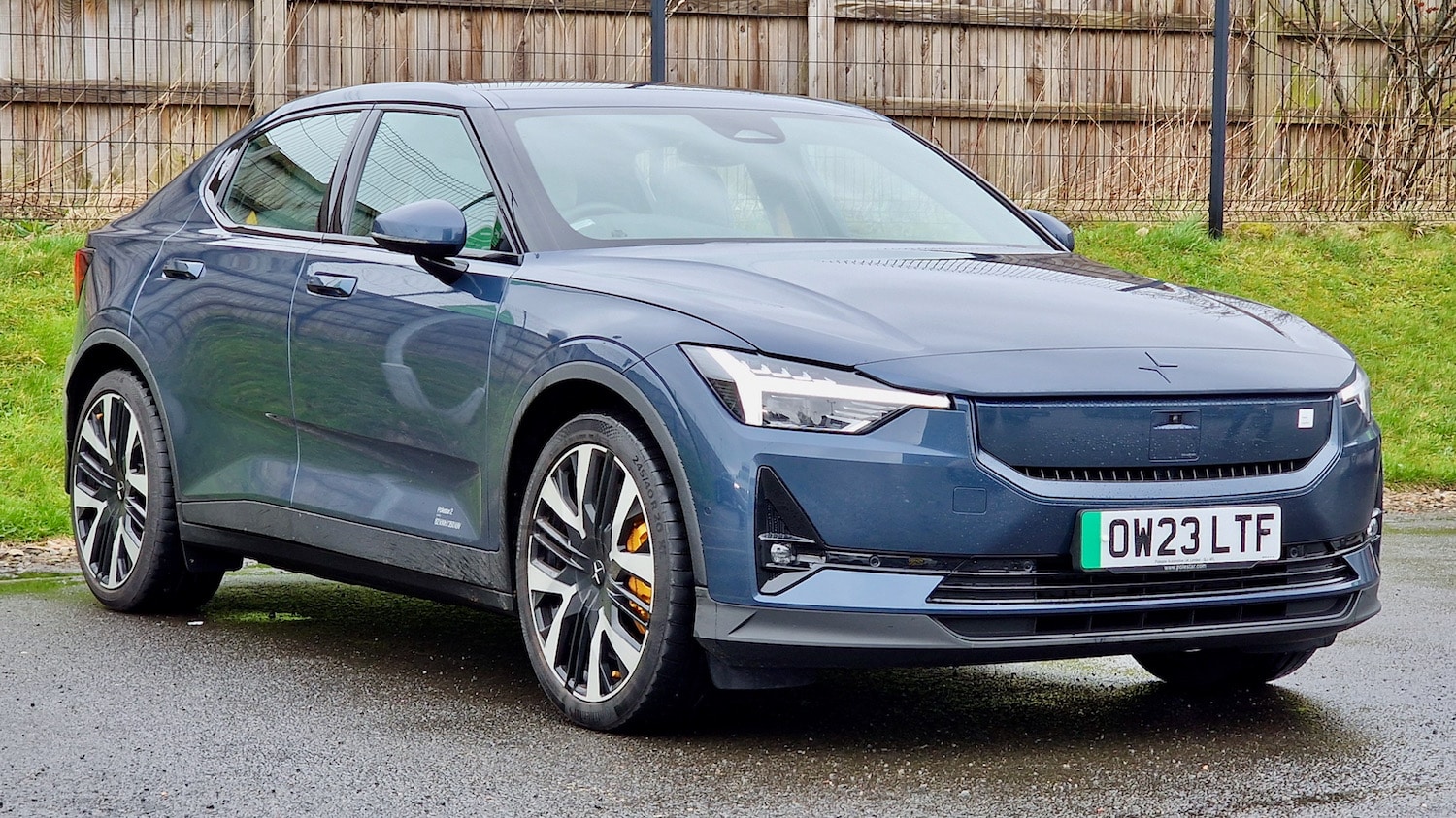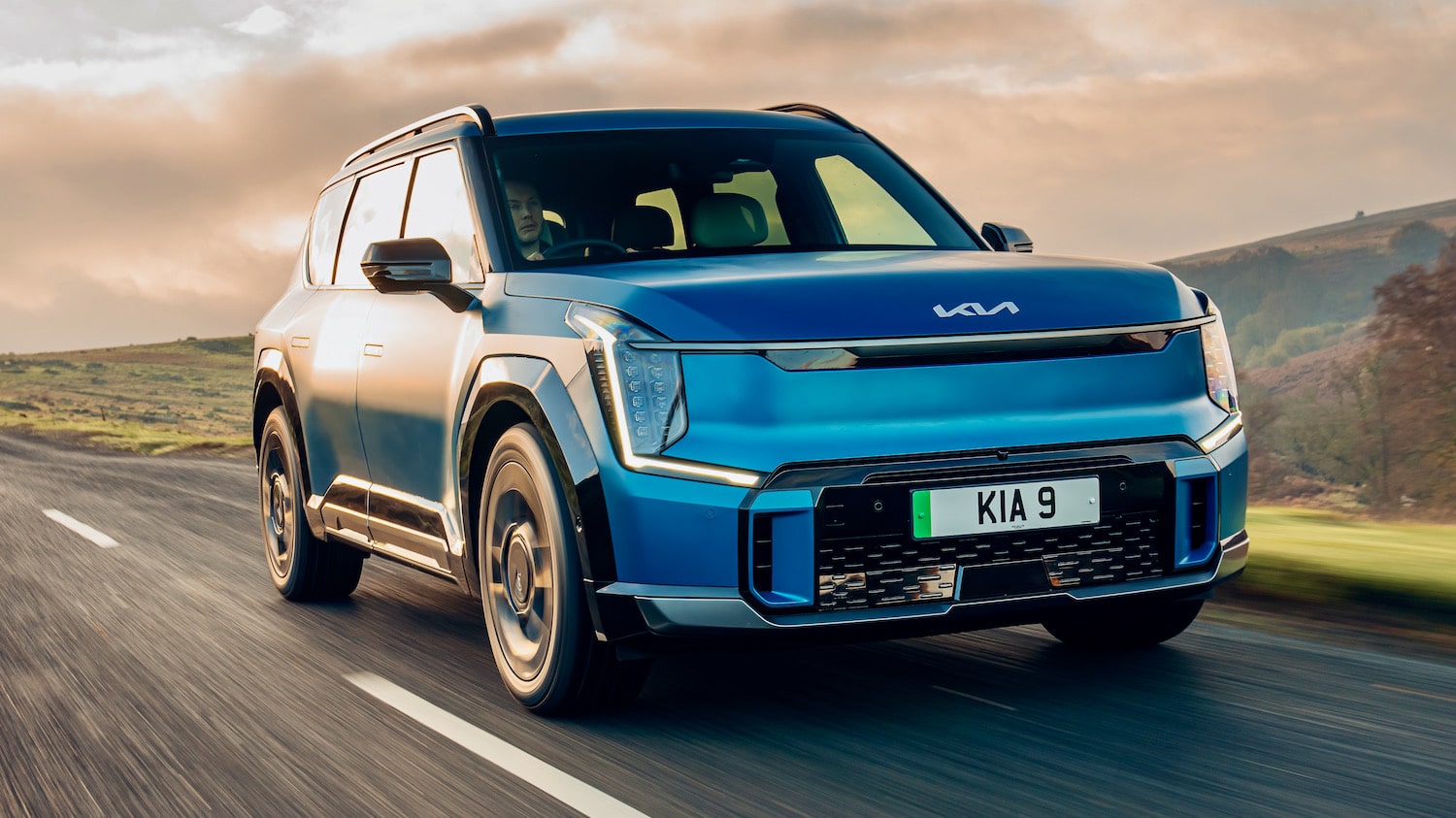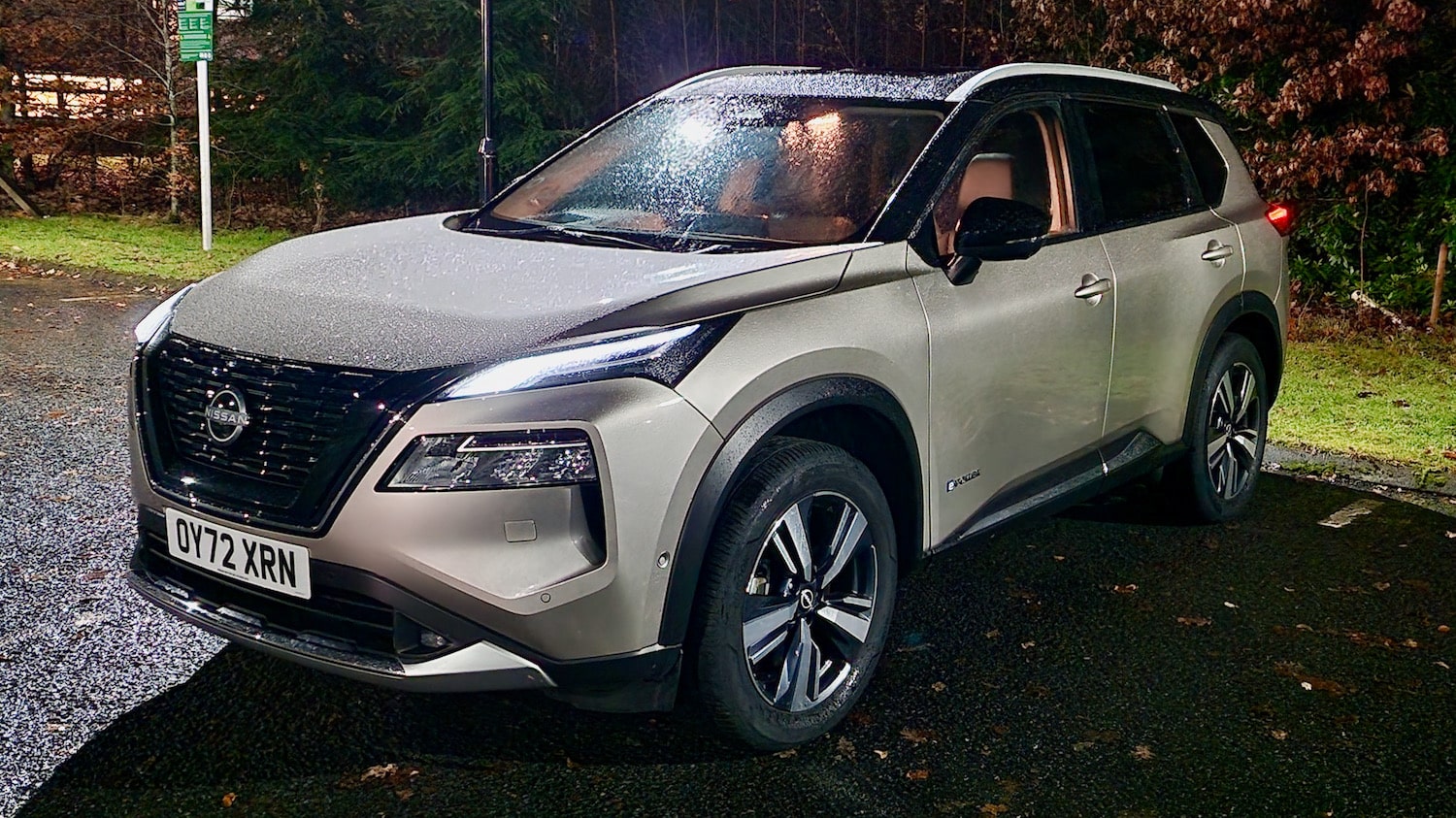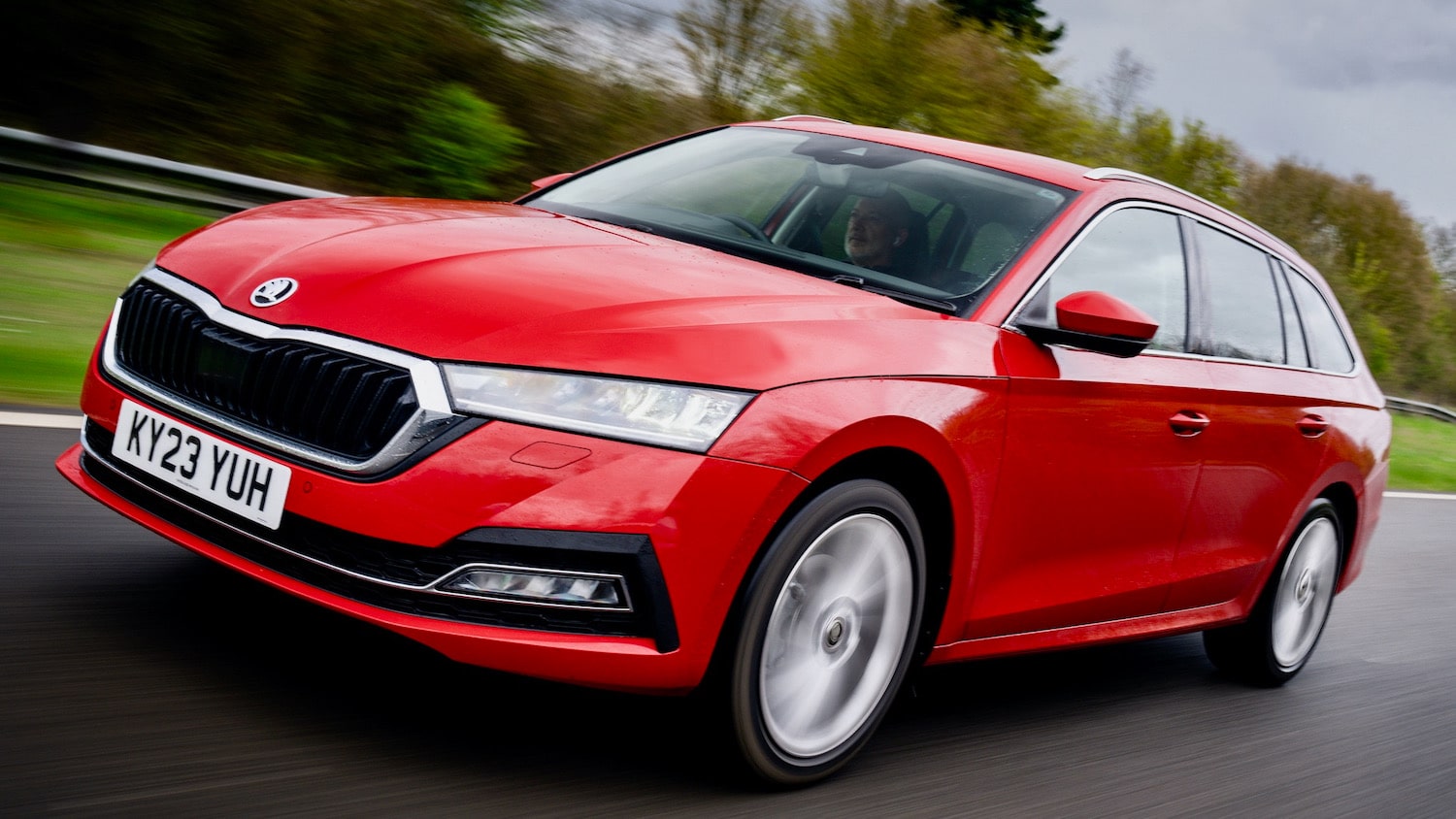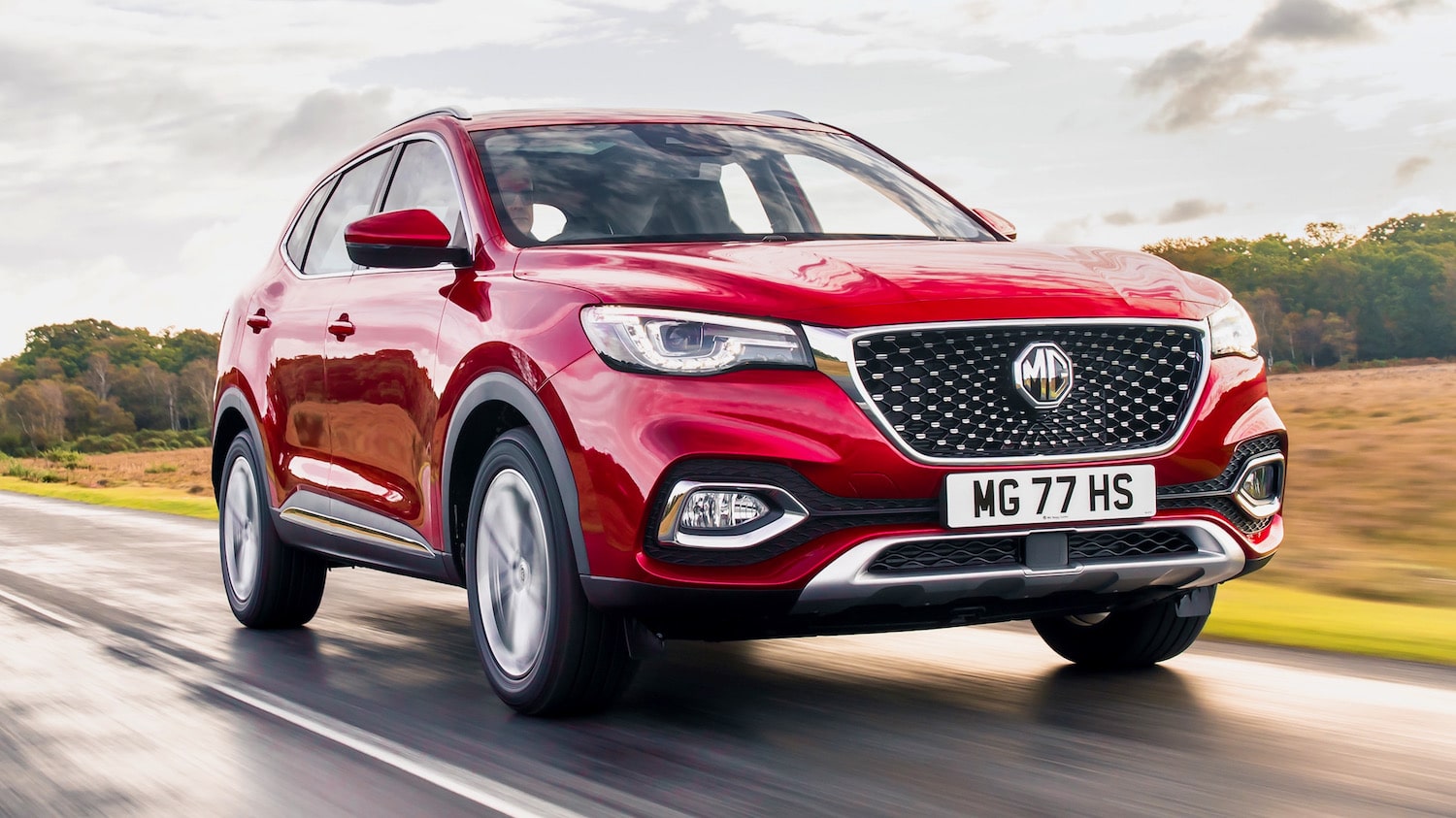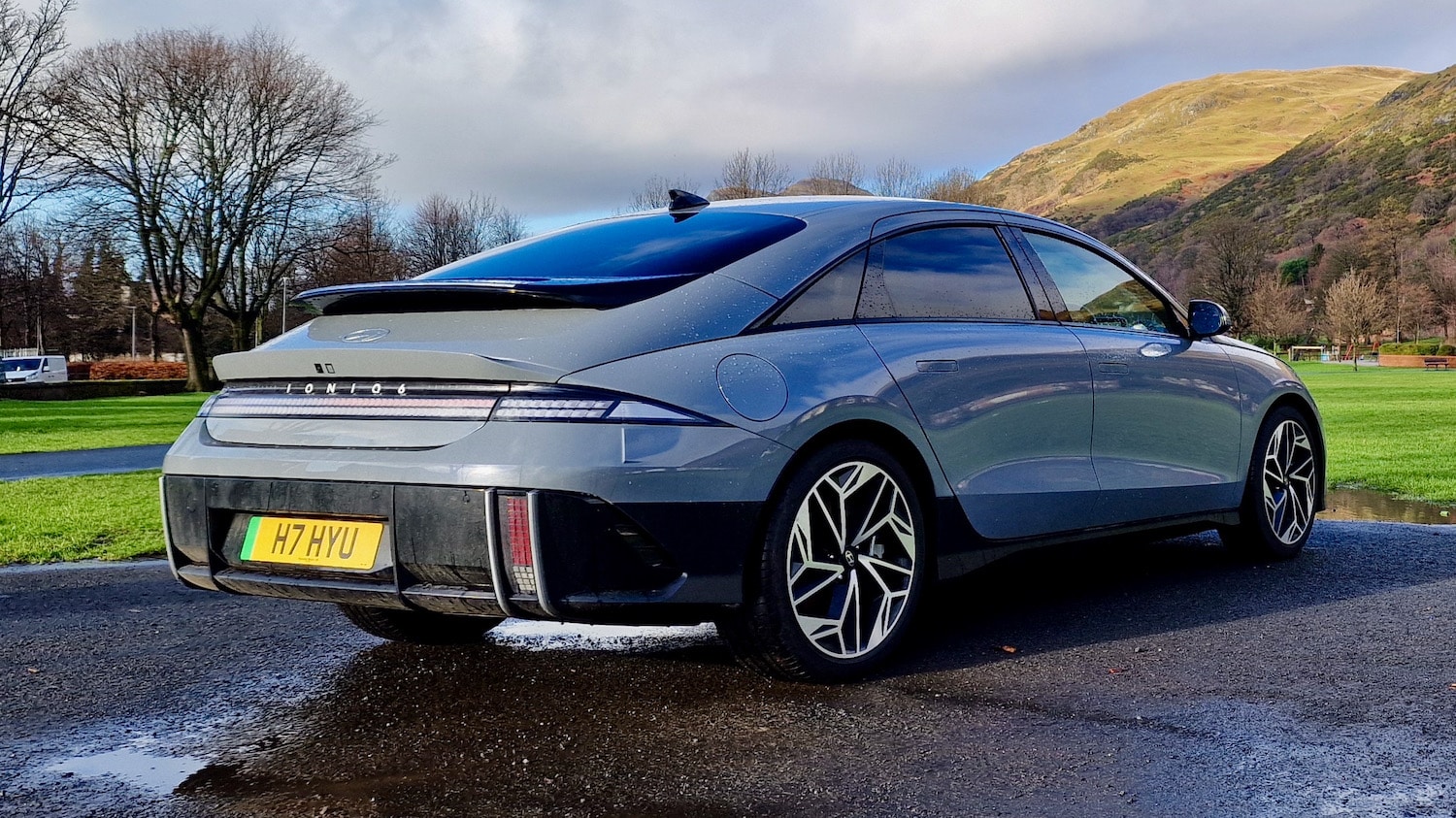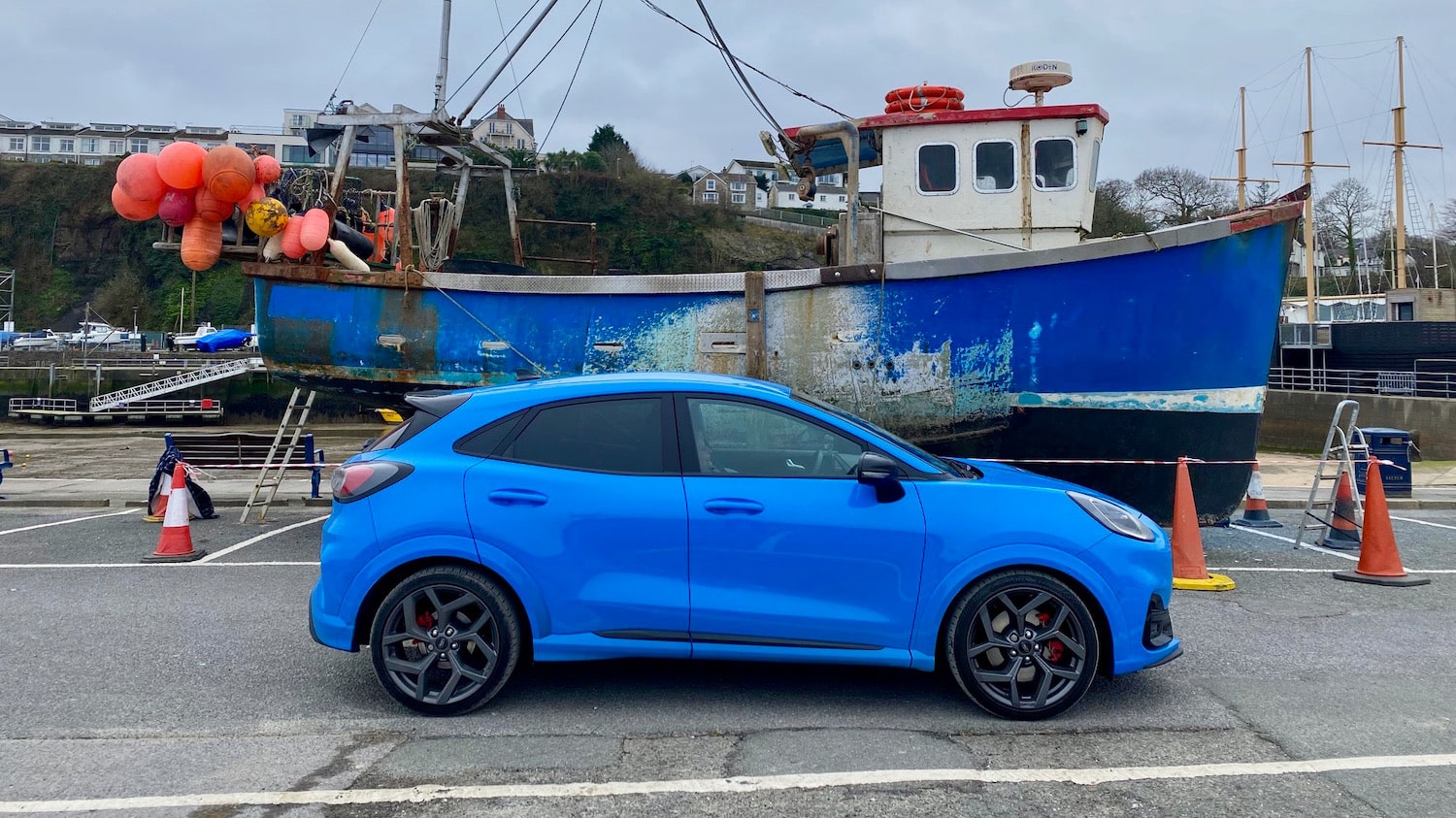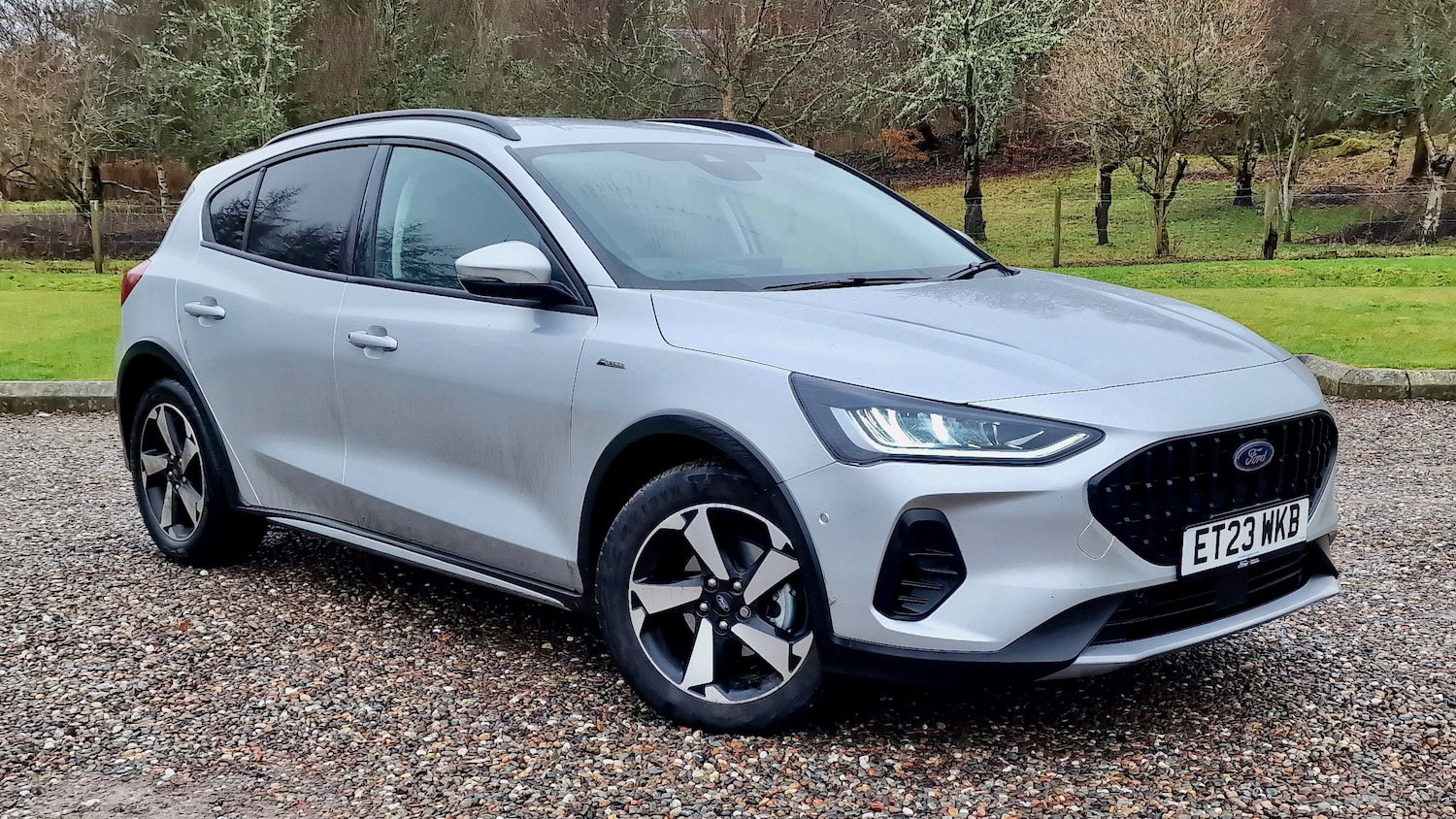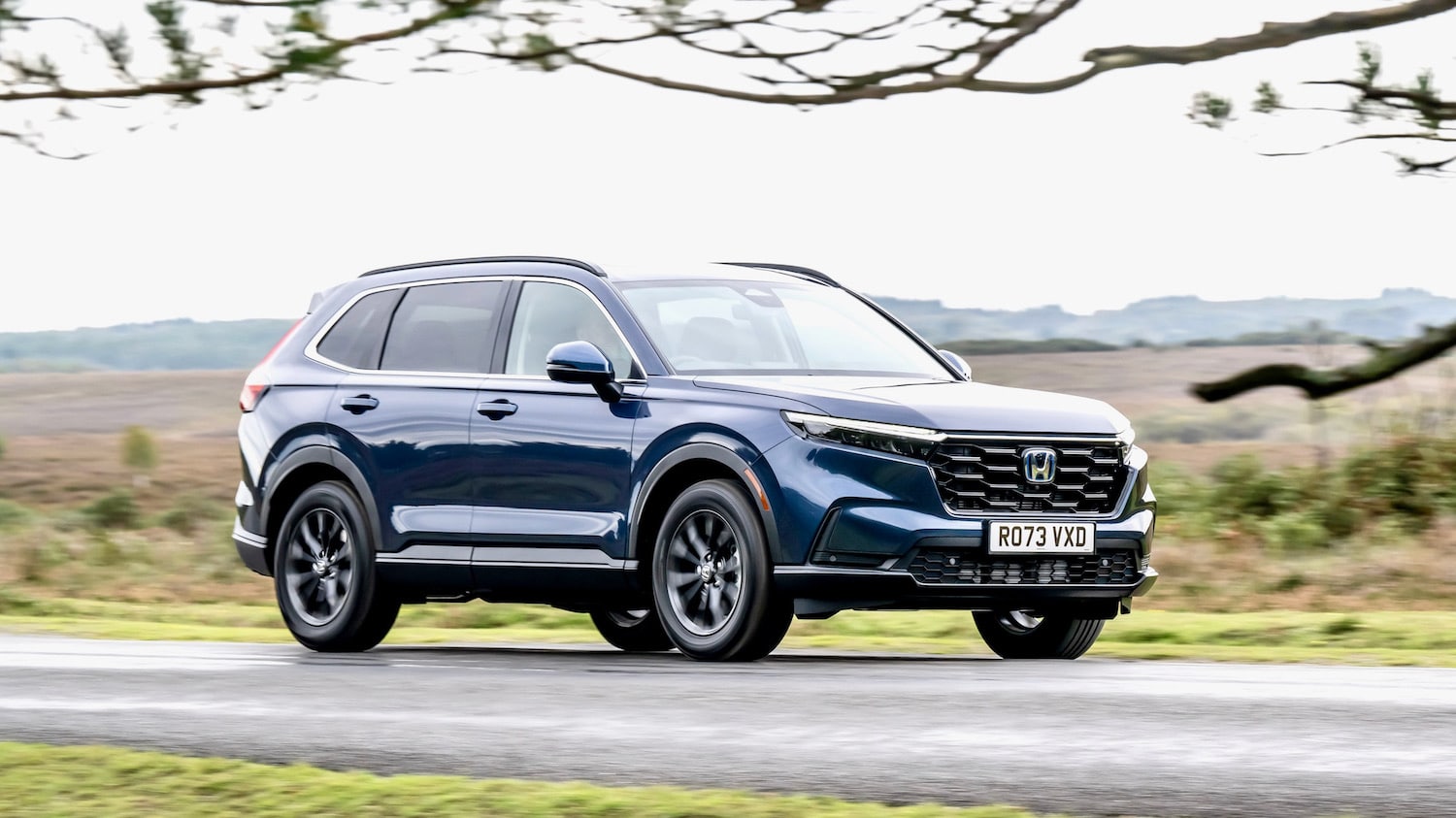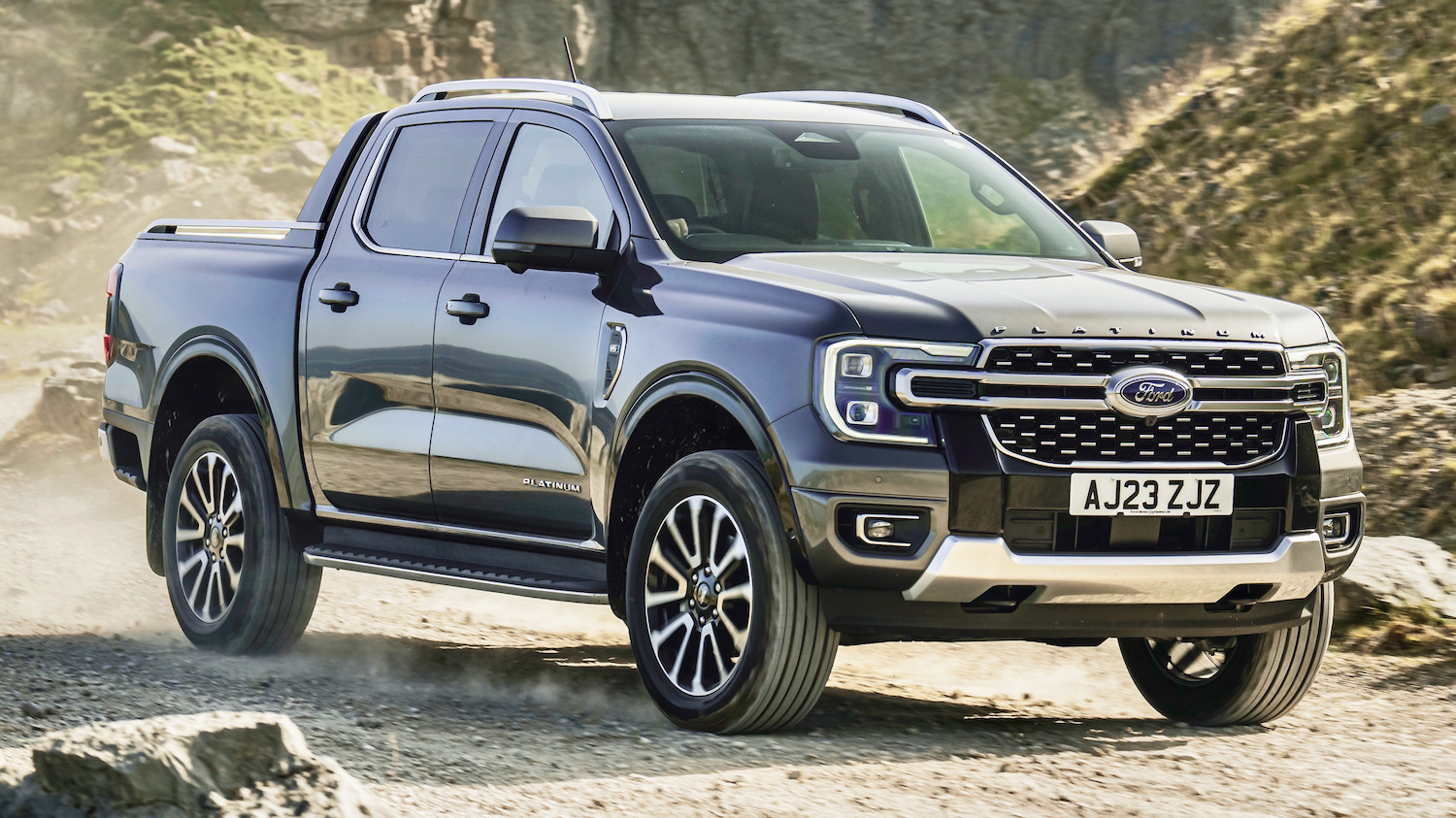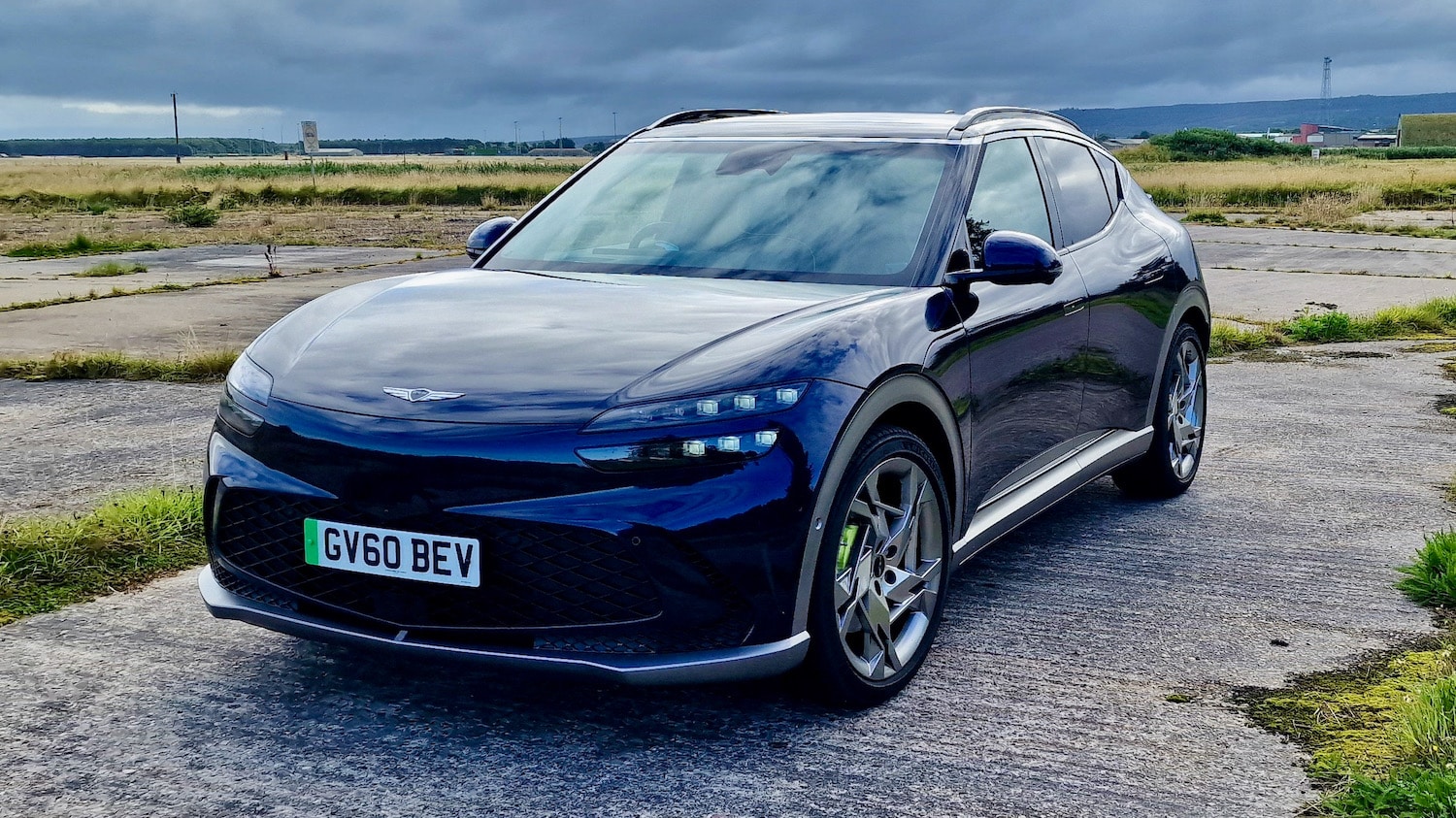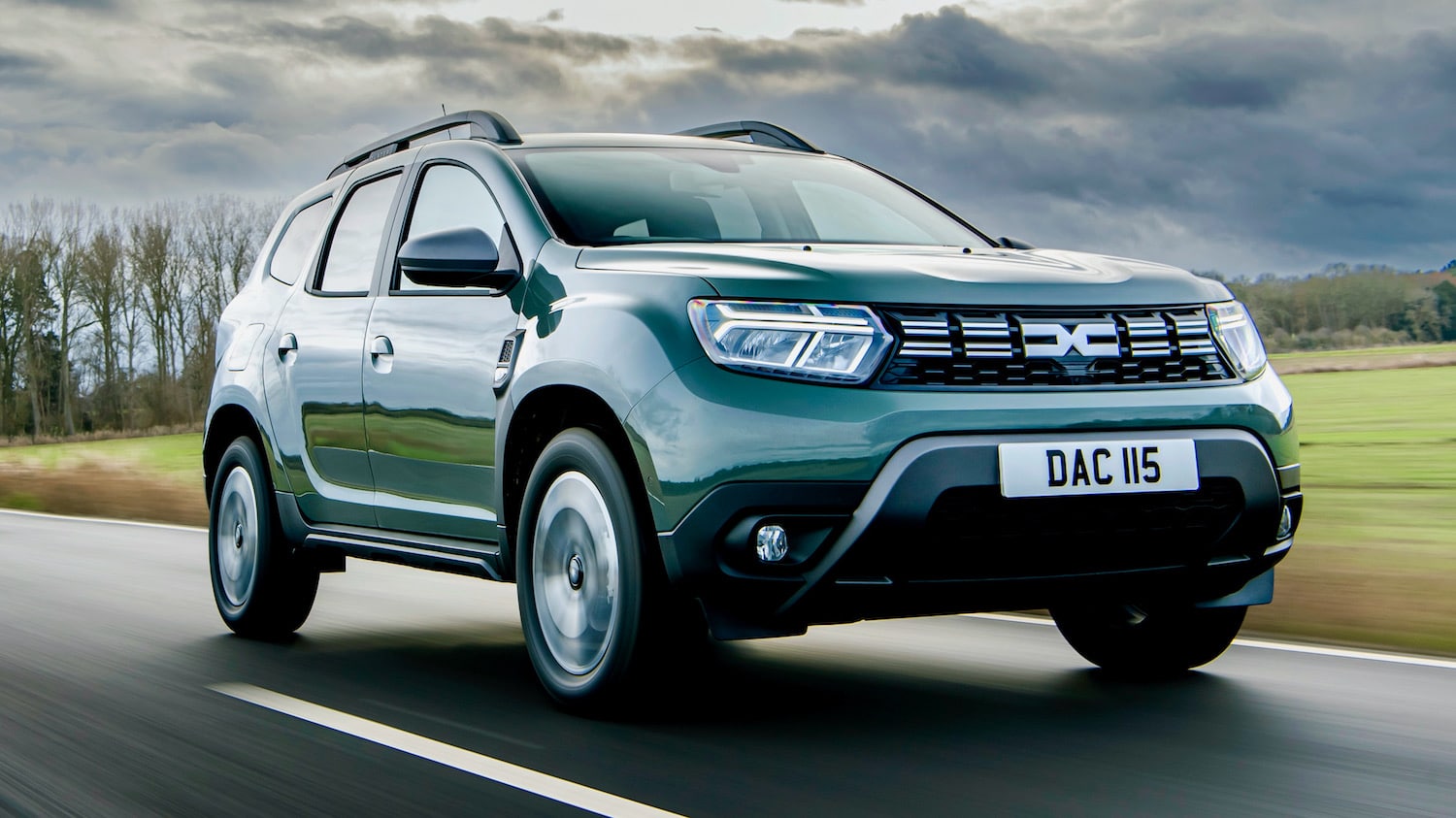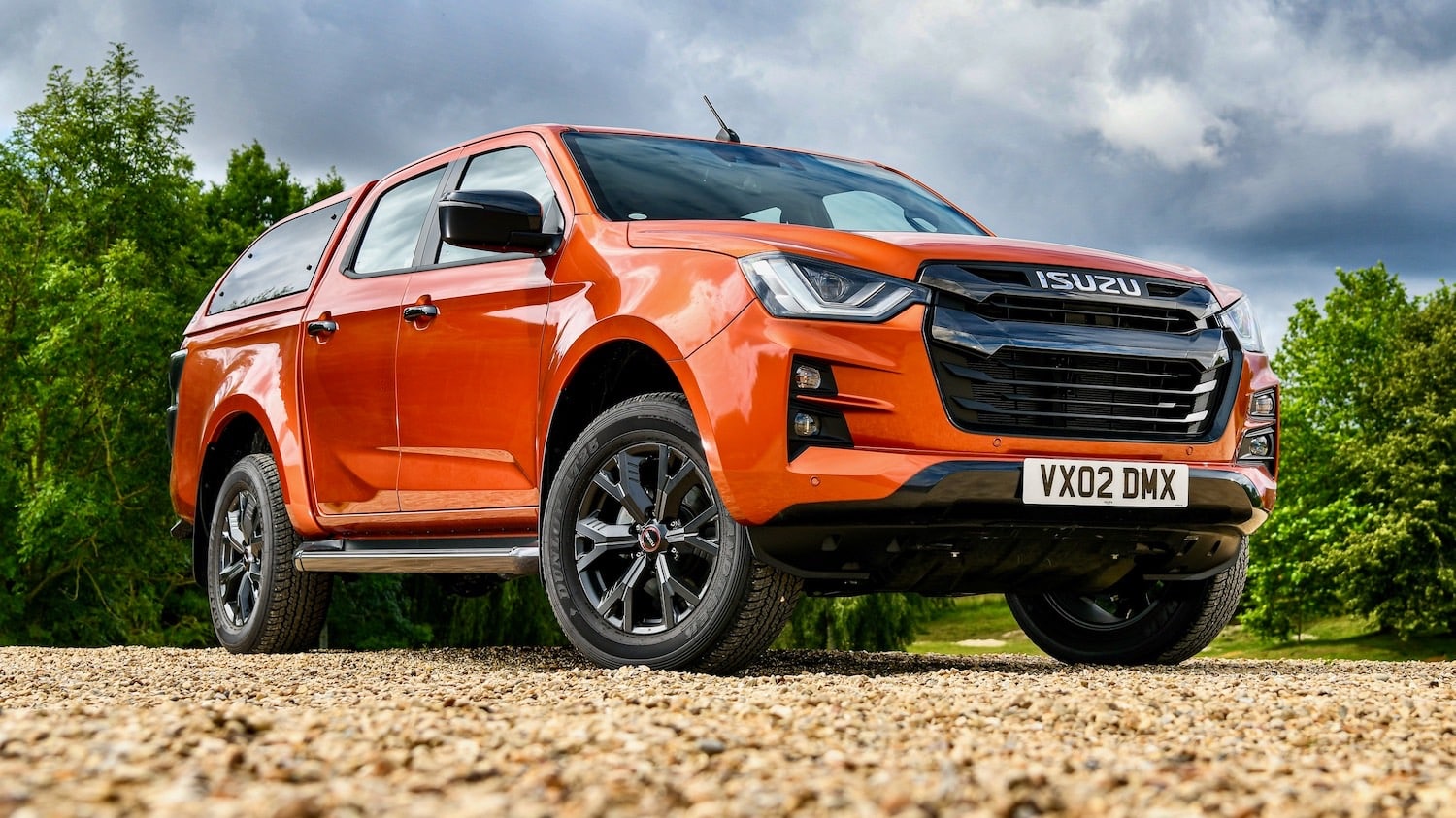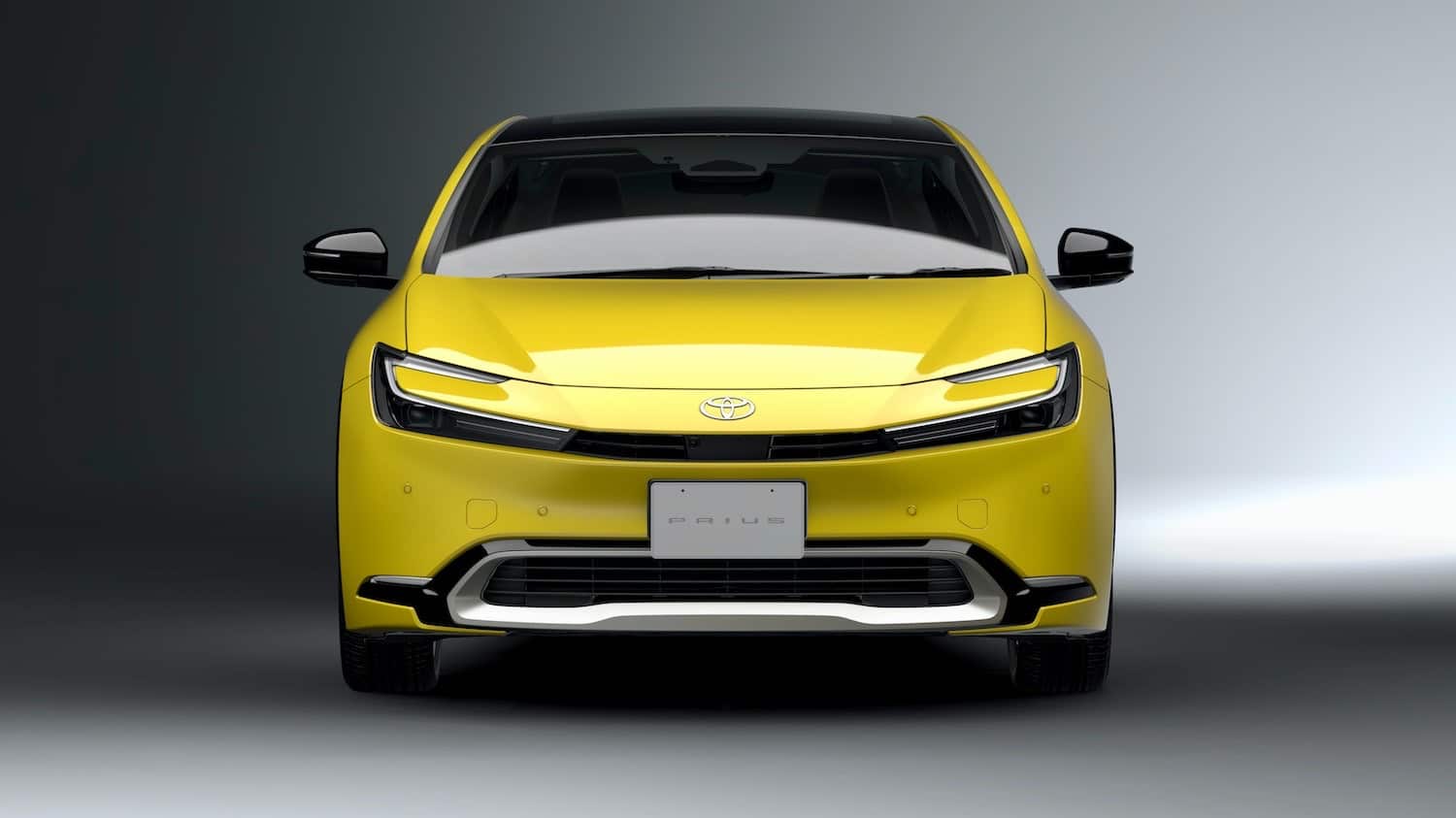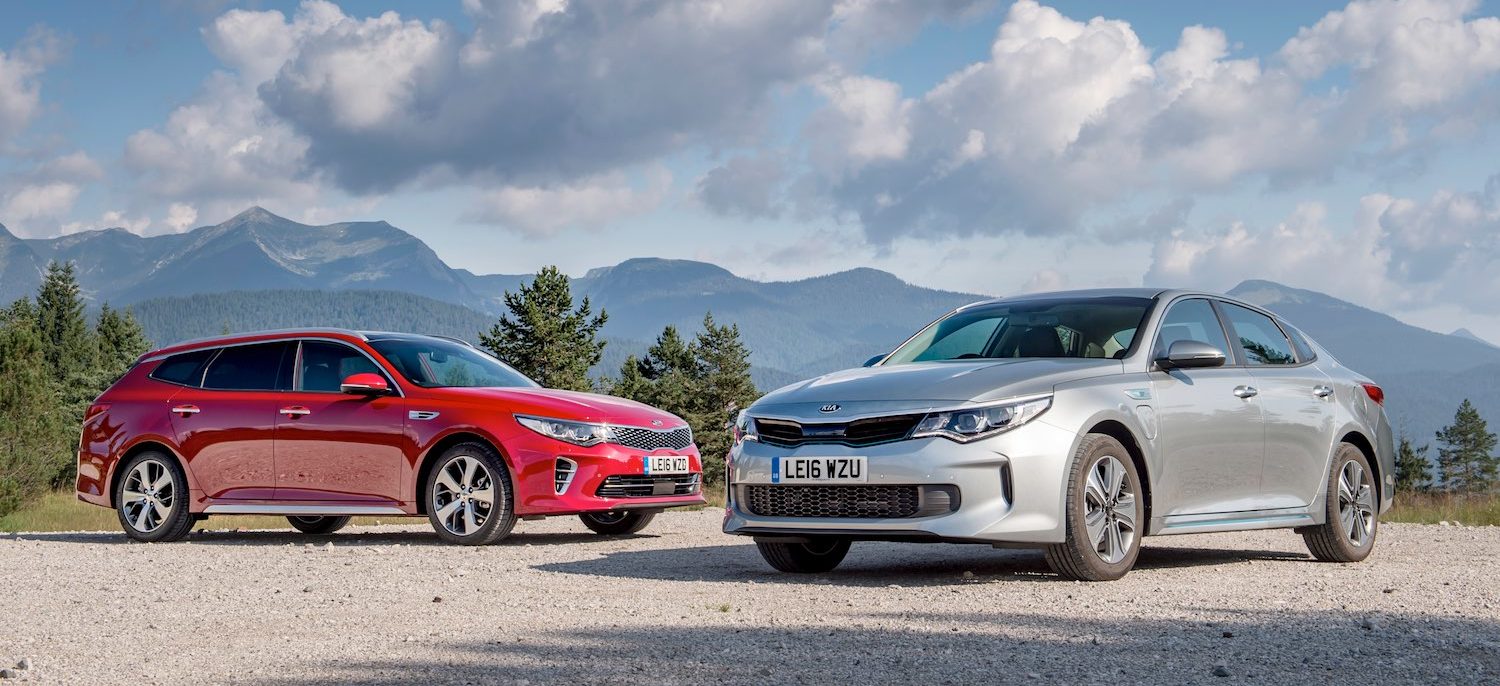The Kia Optima? Anyone heard of it? Kia’s handsome saloon (with a boot-lid and therefore not a hatchback) quietly went about selling a handful of cars, while the company’s other, better-known models, like Sportage and Sorento were doing pretty well (the new Sportage particularly so).
Tom Scanlan went on the launch of Kia’s new Optima Hybrid PHEV and Optima Sportwagon
Now, Kia is giving the new Optima a massive sales push and, having just been in Bavaria to try these all-new right-hand-drive UK models, it seems to be a good move.
Alongside the new saloon is the Sportswagon — the estate version.
And Kia joins the UK hybrid competition with its PHEV saloon, priced at £31,495, assuming the government grant of £2500 for plug-in cars.
The 202 bhp claim for this car would indicate real performance – many years ago, I ran a Porsche 911 SC with its claimed 204 bhp and that was streets ahead in acceleration compared with the latest Optima. Weight difference? Yes, but it was initially disappointing to find that the Optima PHEV gets to 62 mph in not much less than ten seconds if pushed very hard…9.4 seconds, officially, although other Kia information suggests 9.1 seconds. Alright, it’s not meant to be a sports car and it’s best to look at the 2.0-litre petrol engine’s power being ‘only’ 154 horsepower.
In most other respects, it’s a car that should certainly be considered if your own driving requirements involve plenty of town driving. Driving on electric-only the range can be up to 33 miles.
Through a smooth six-speed automatic gearbox, the car is otherwise at its best on the open road in mid-range where the 375Nm of torque comes in. The engine in the very new test car would no doubt loosen up and become more refined and achieve a fuel consumption exceeding the 46.7 mpg indicated on my test drive, acceptable though that was.
The usual hybrid use of, for example, braking energy is, of course, intrinsic in the Optima system and the instrument panel graphics to show this are amongst the many driver-information options available.
The suspension has been re-tuned and the larger brakes uprated to compensate for the extra weight of the PHEV. Definitely worth mentioning is the PHEV’s ‘active air-flap grille’. This automatically closes when the engine’s cooling requirements are at their lowest; at this point, the drag coefficient is lowered because the air that would otherwise flow through the grille is diverted around, having a positive effect in reducing fuel consumption. Nice touch.
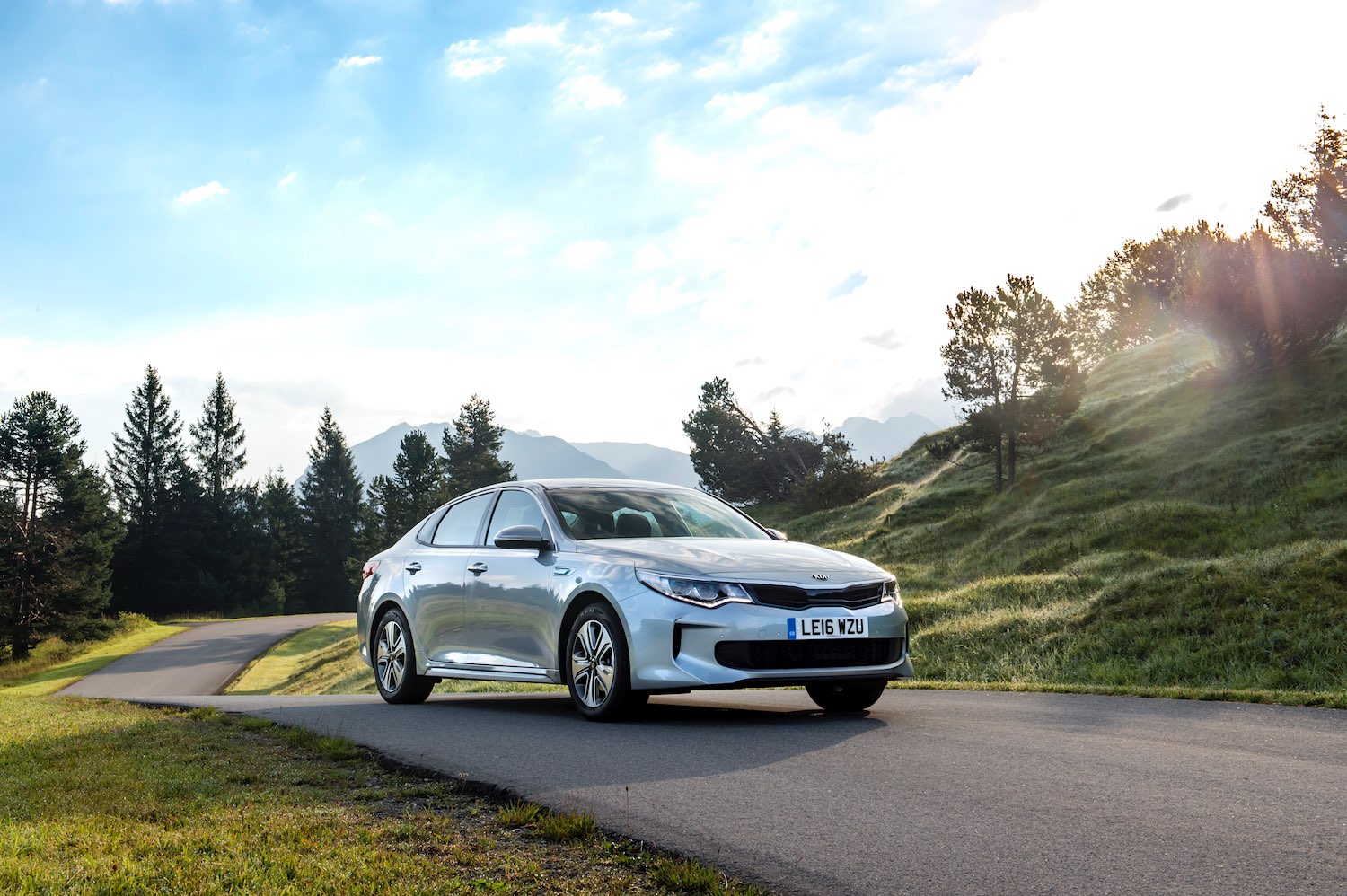
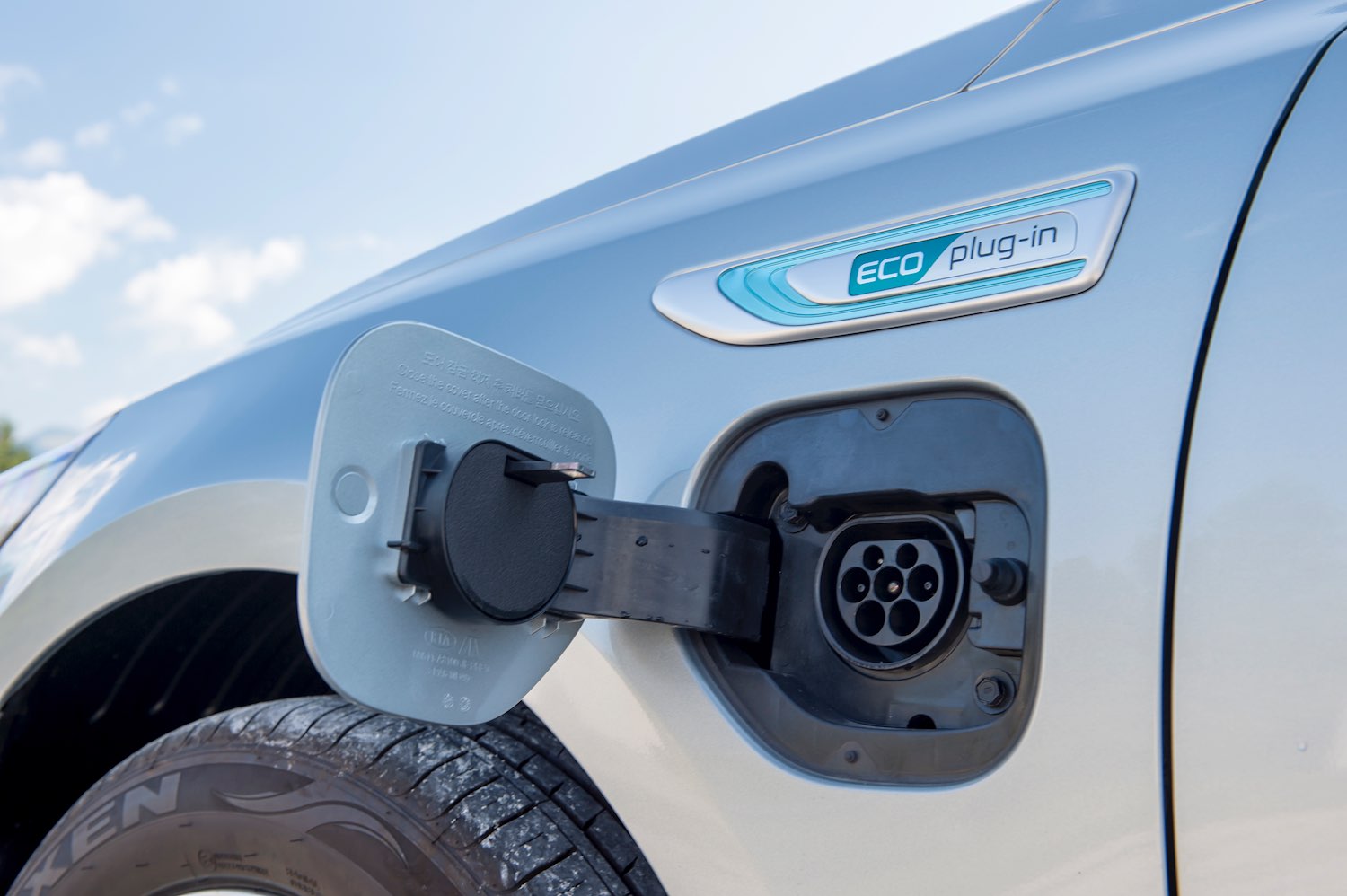
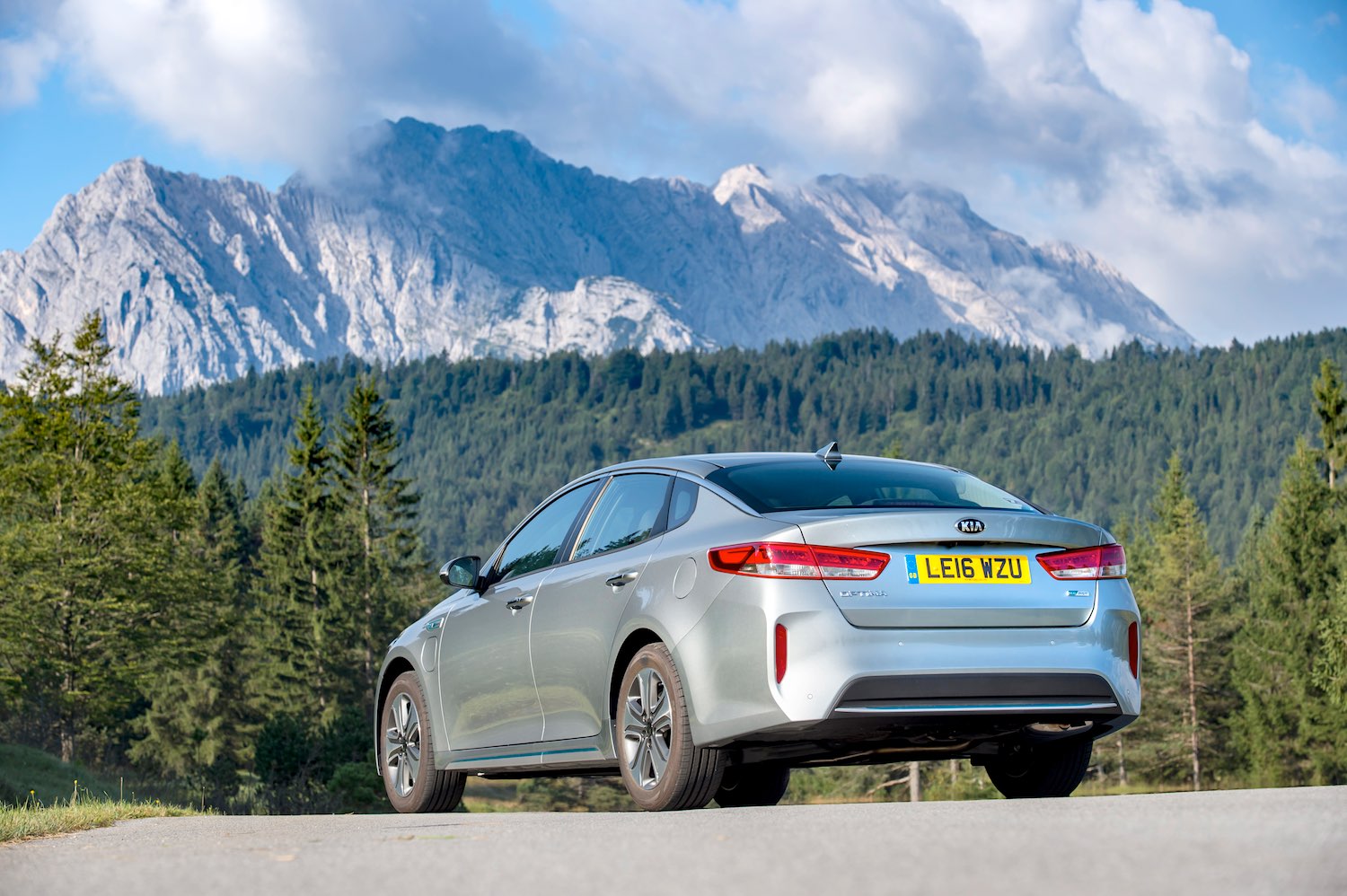
The Sportswagons tested were the 3 and the GT-Line S. The Sportswagon is a good-looking vehicle in my eyes and with a particularly smart, deep, almost black, blue paint job my choice of the new colours.
On offer was the ‘3’…139 bhp, 1.7 diesel with a choice of a 6-speed manual or GT-Line ‘S’ with a 7-speed auto box. The manual car is a bit faster to 62 mph at 9.8 seconds, compared with 10.7 seconds for the automatic, and is cleaner with 113 g/km against 120 g/km. The manual’s mpg return over a mainly rural route was around 37 mpg, as indicated by the trip computer.
Both boxes’ gear-changes are quick and slick. All three of the cars I drove were easy and enjoyable with a light feel to the steering and a comfortable ride; the brakes gave a very powerful emergency retardation.
The Sportswagon has a sizeable and nicely-finished double-layer boot that can be had with automatic opening and shutting. However, there is no spare wheel, an increasingly unwelcome industry feature. The rear seats can be easily folded 40/20/40.
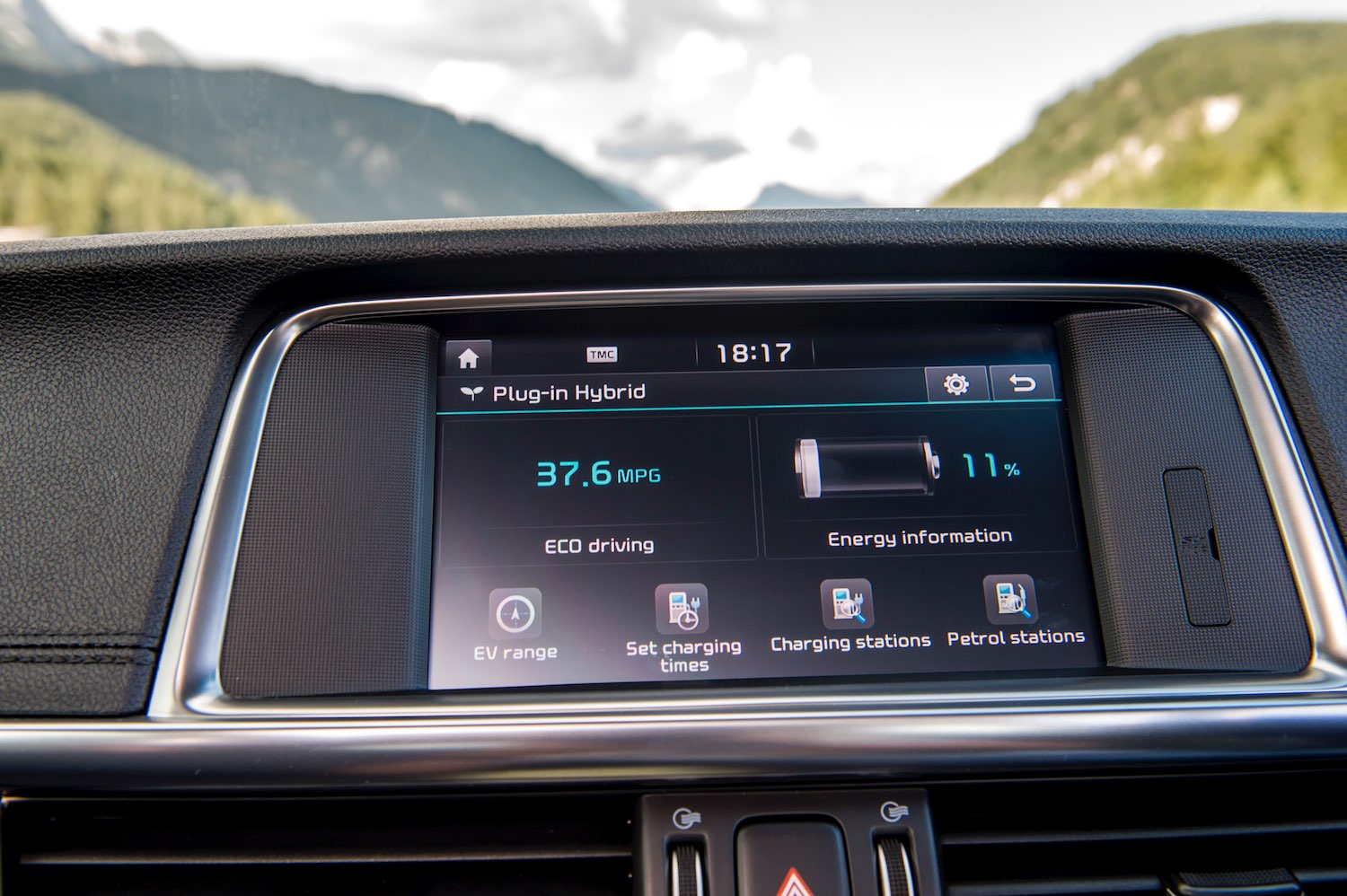
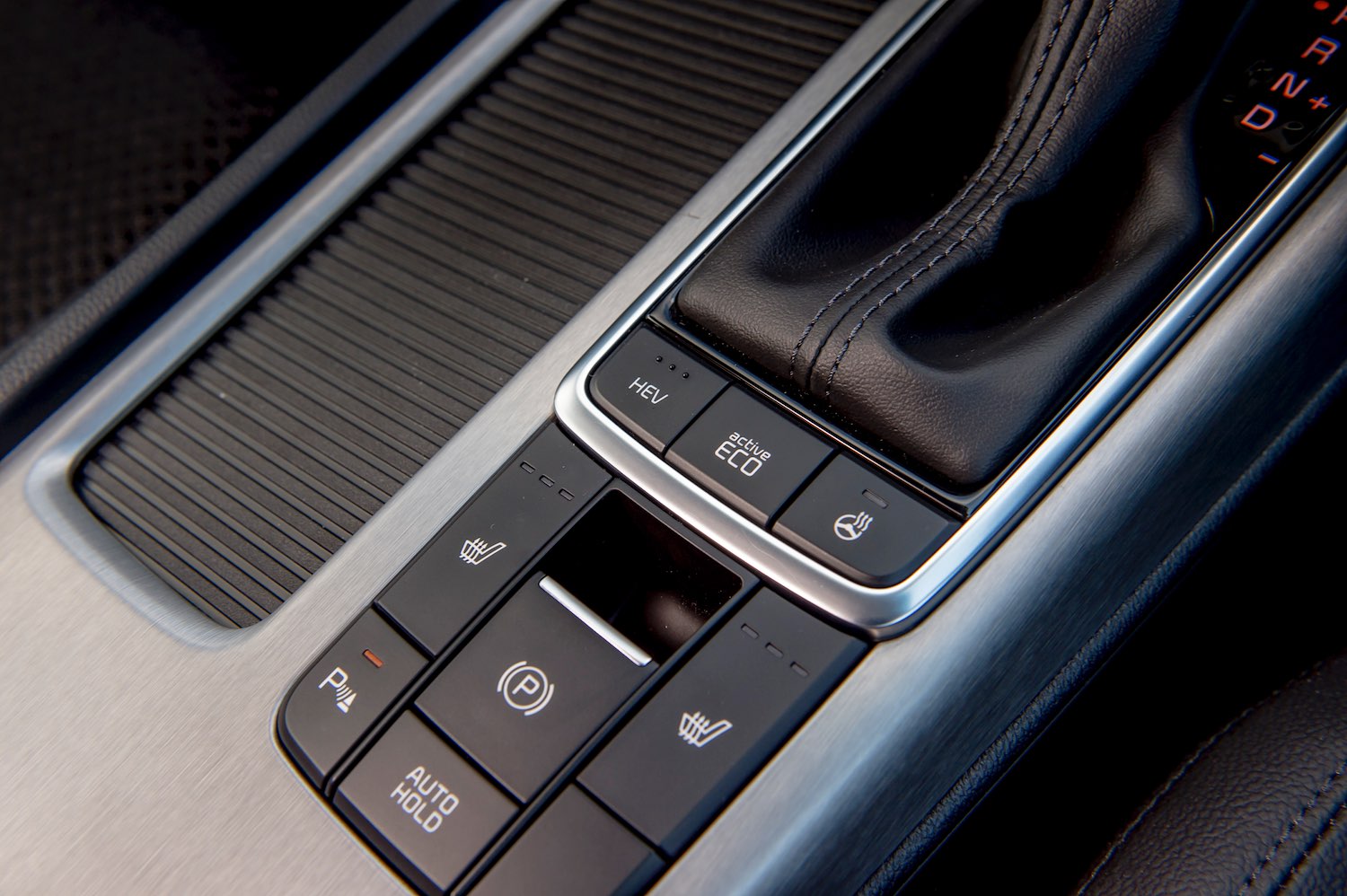
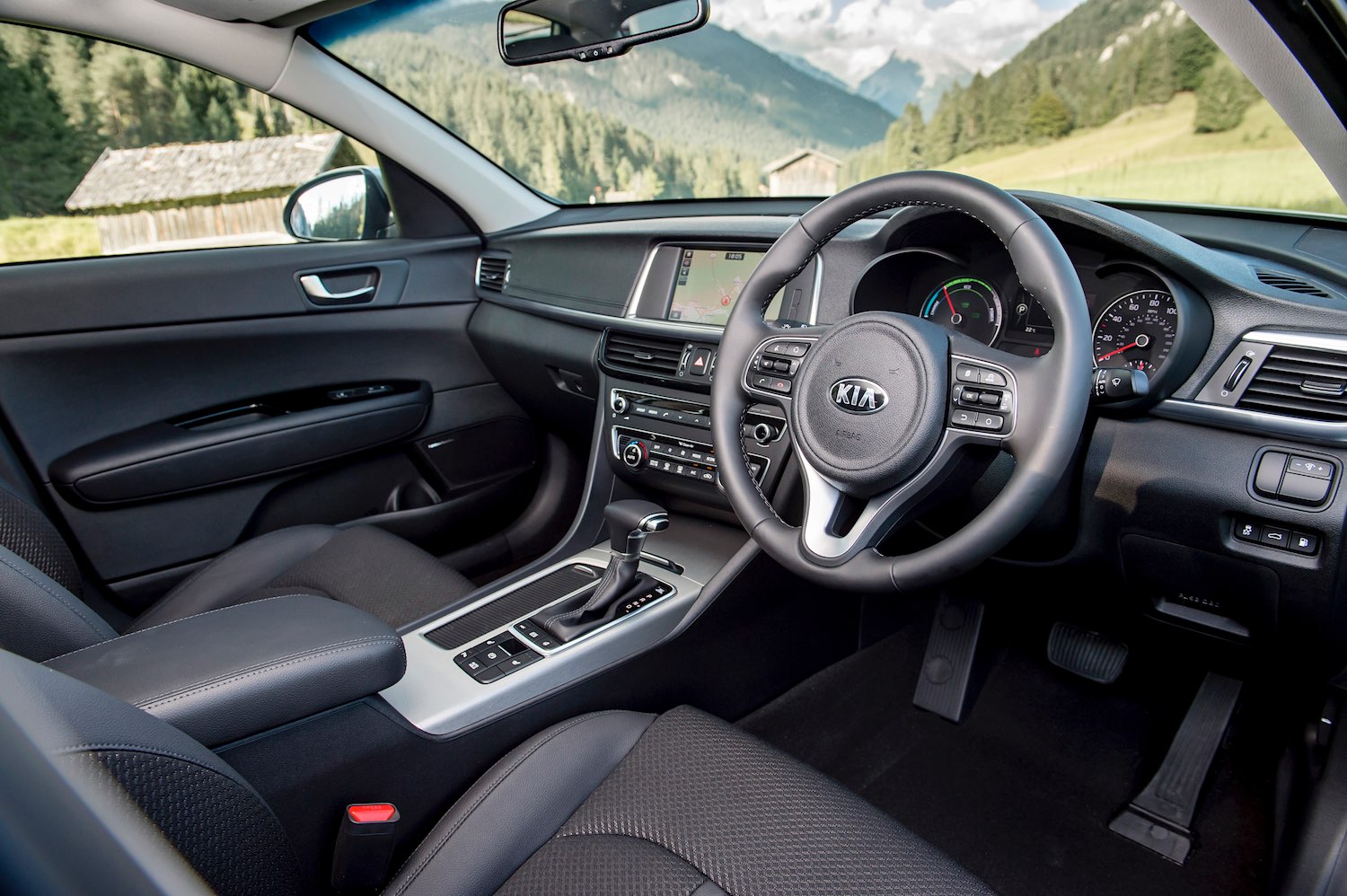
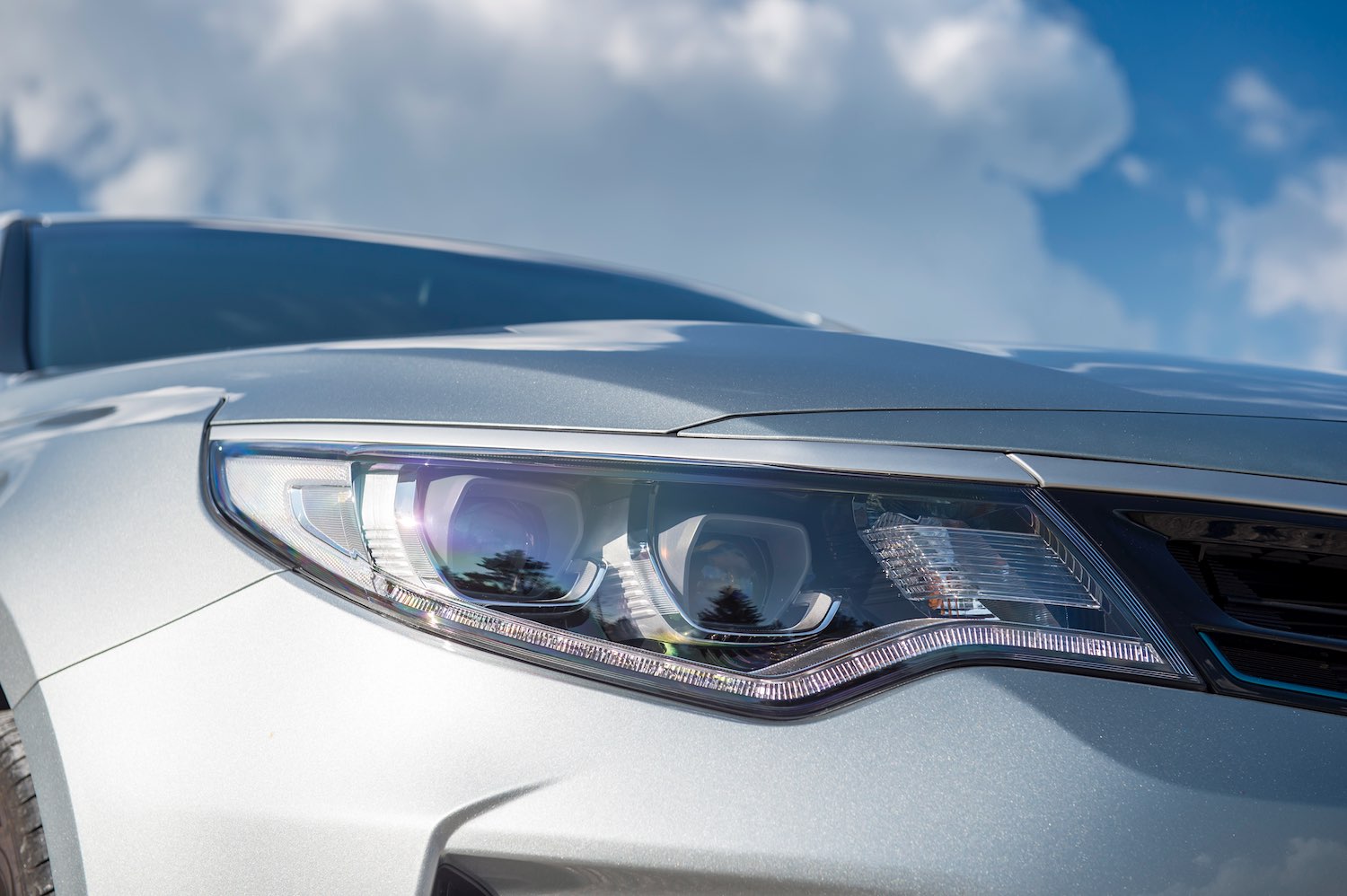
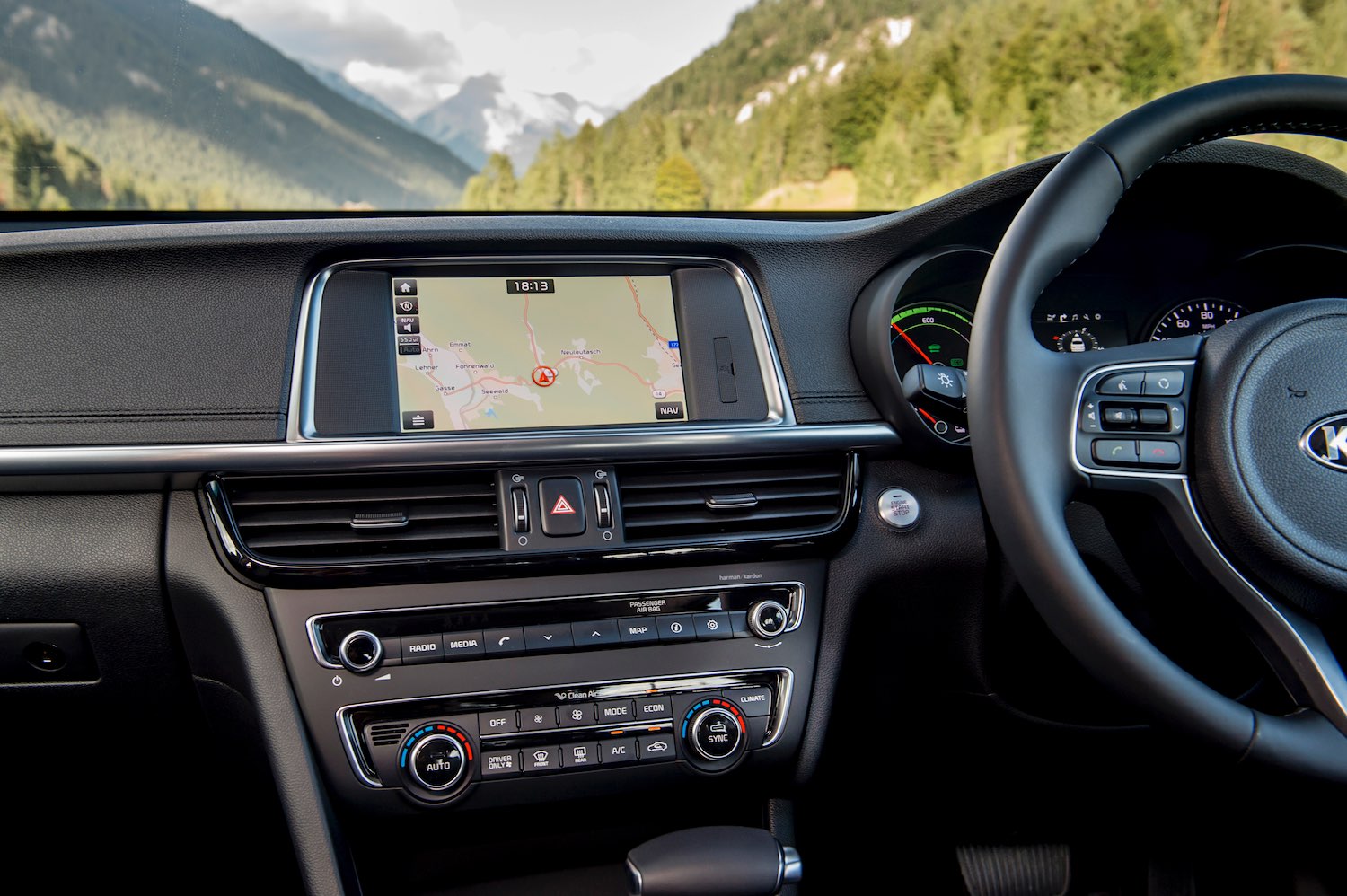
The new Optima had a very smart and quite spacious interior both up front and for rear-seat passengers. There is a choice of 7- or 8-inch touch screens, whose functions include many of those previously managed by old-fashioned switch gear. Here, I assume that this is what potential buyers want, whereas some old codgers (bless us) were quite happy to use to all those little simple mechanical devices…but the world has moved on.
The dashboard is soft-touch and the materials and finish appear to be of a very good standard. Kia sells its cars at various equipment levels and without options. Infotainment/connectivity are well up to the competition, so you get Android Auto and, later in the production run, there will also be Apple CarPlay. Safety systems can include Autonomous Emergency Braking and Rear Cross Traffic Alert to mention just a couple.
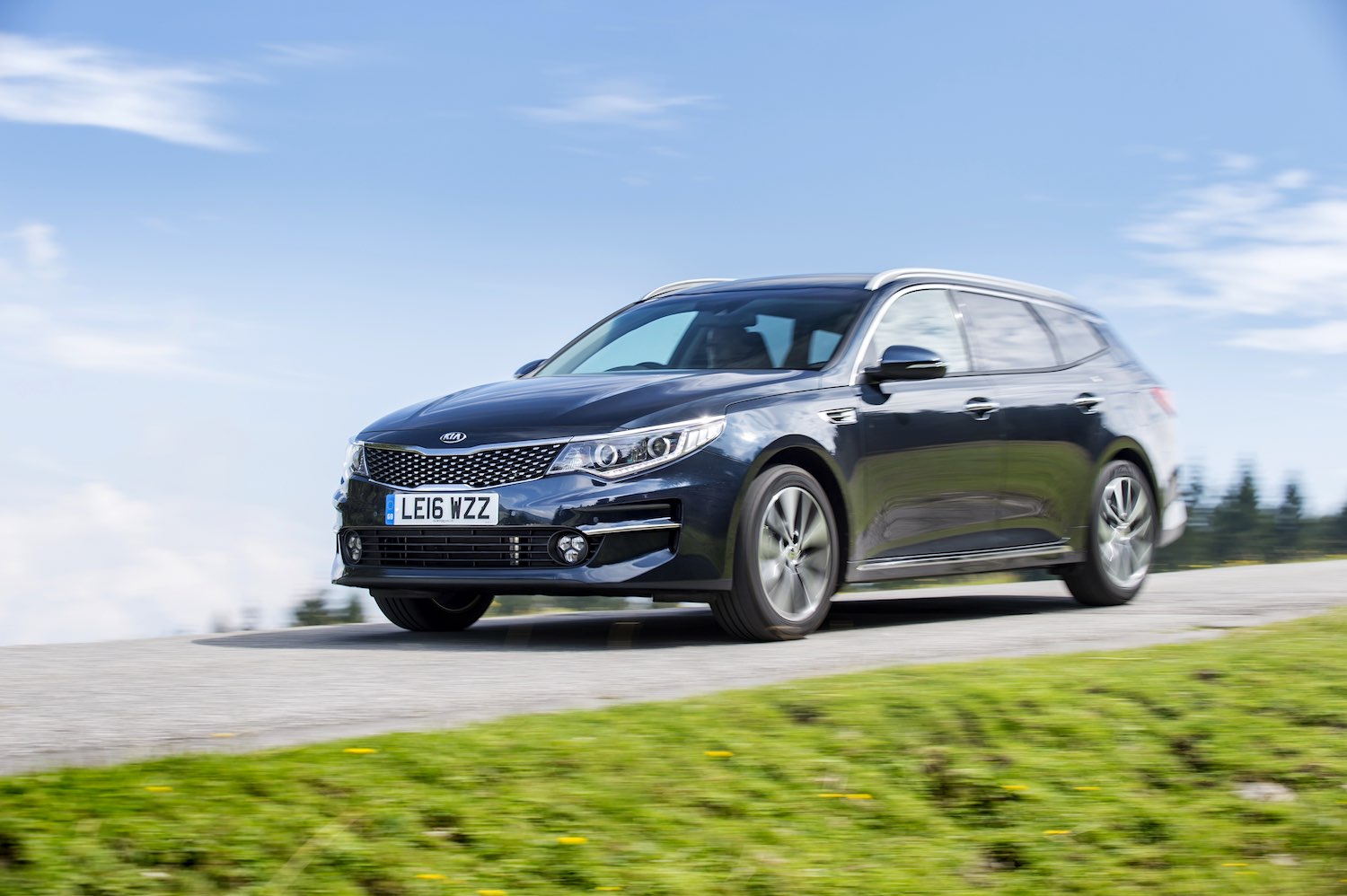
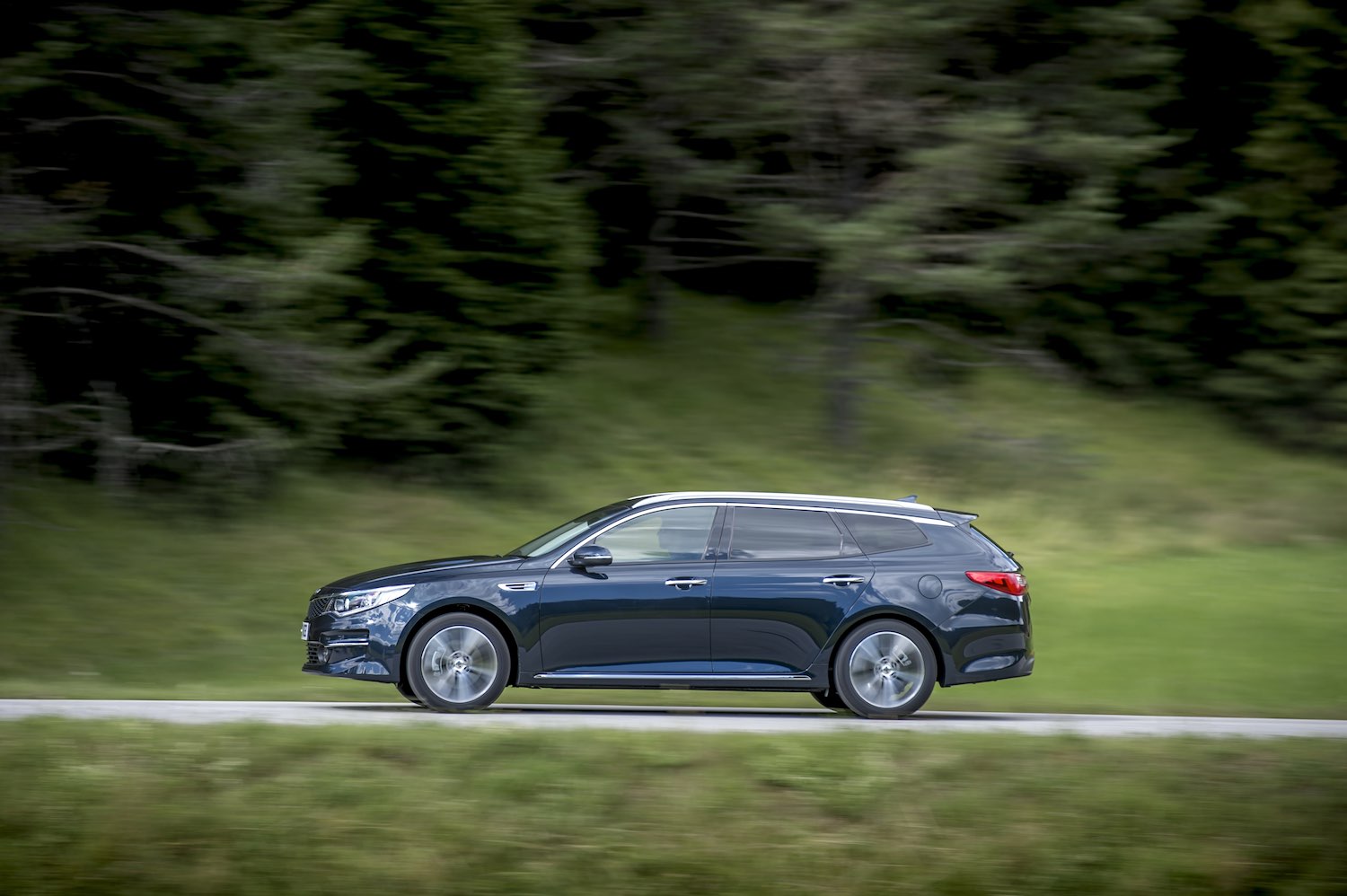
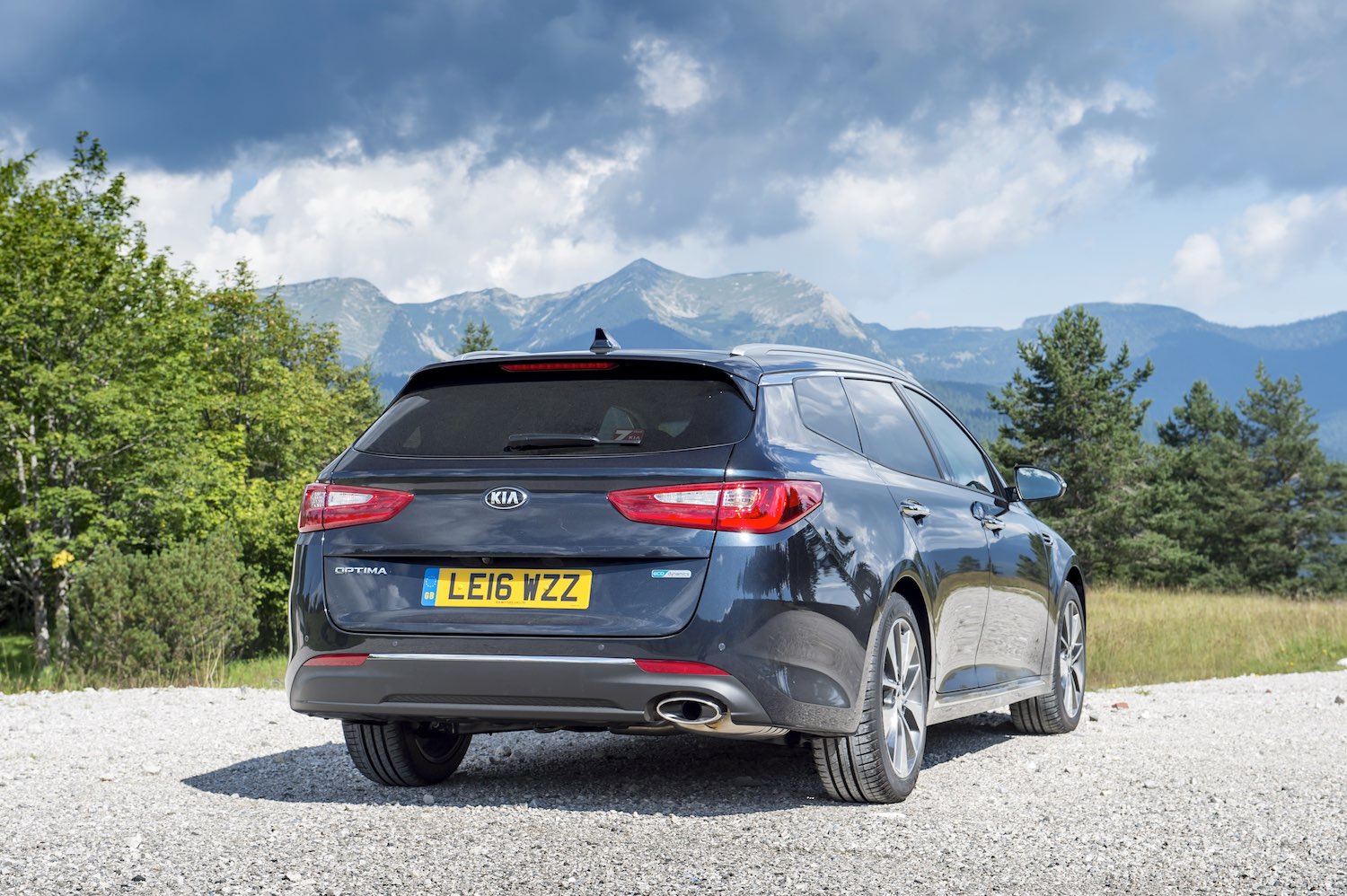
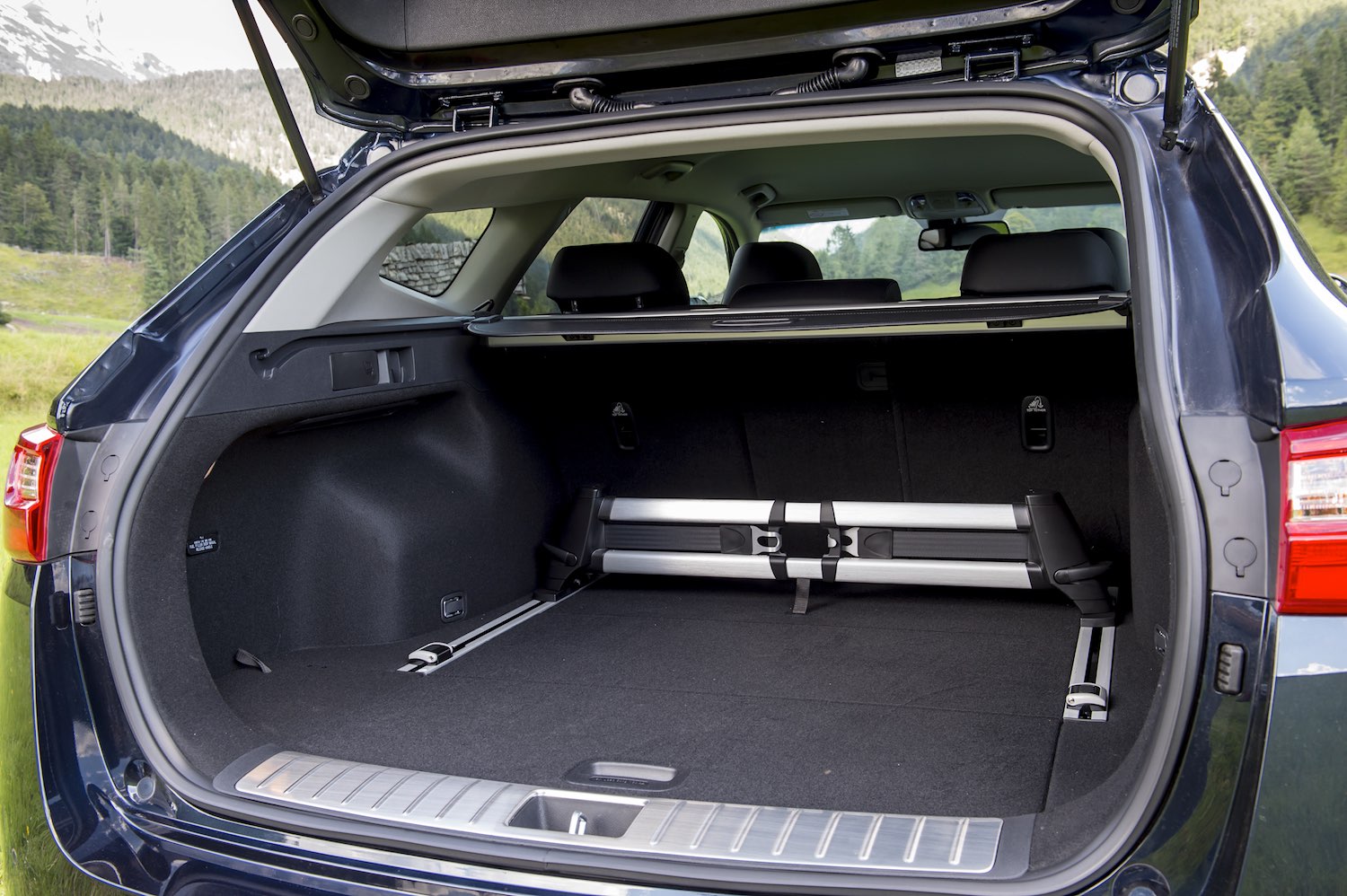
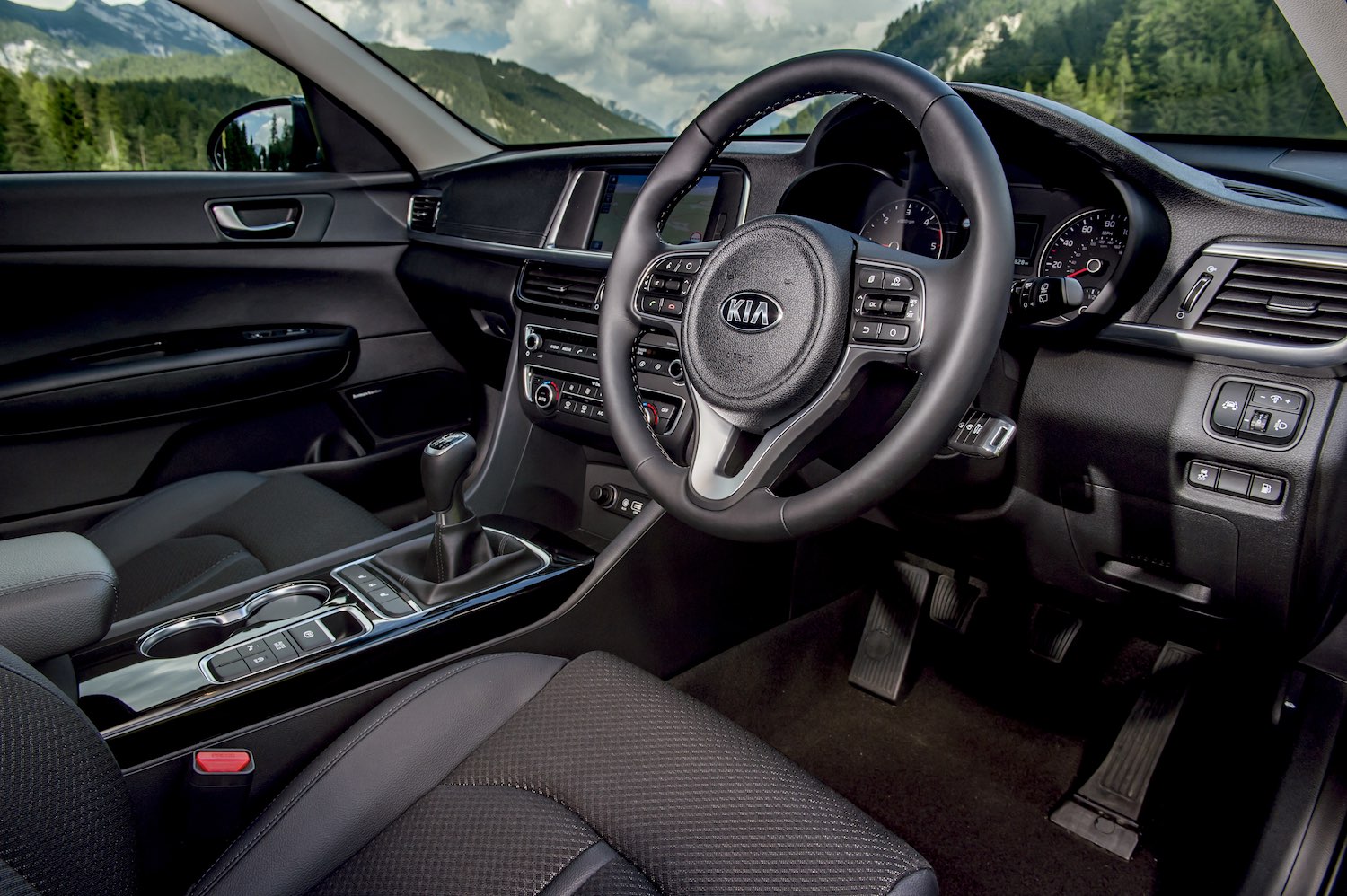

Prices start at £22,295. The manual and auto Sportswagons tested were £24,495 and £25,895 respectively. Given that Kia is approaching 190 dealers in the UK, their cars can offer an attractively strong package, remember this includes their acclaimed seven-year warranty, which may help take sales away from the existing D-segment market-leaders...
Flair
Spacious
7-Year Warranty
No Spare Wheel
No items found, please search again.
